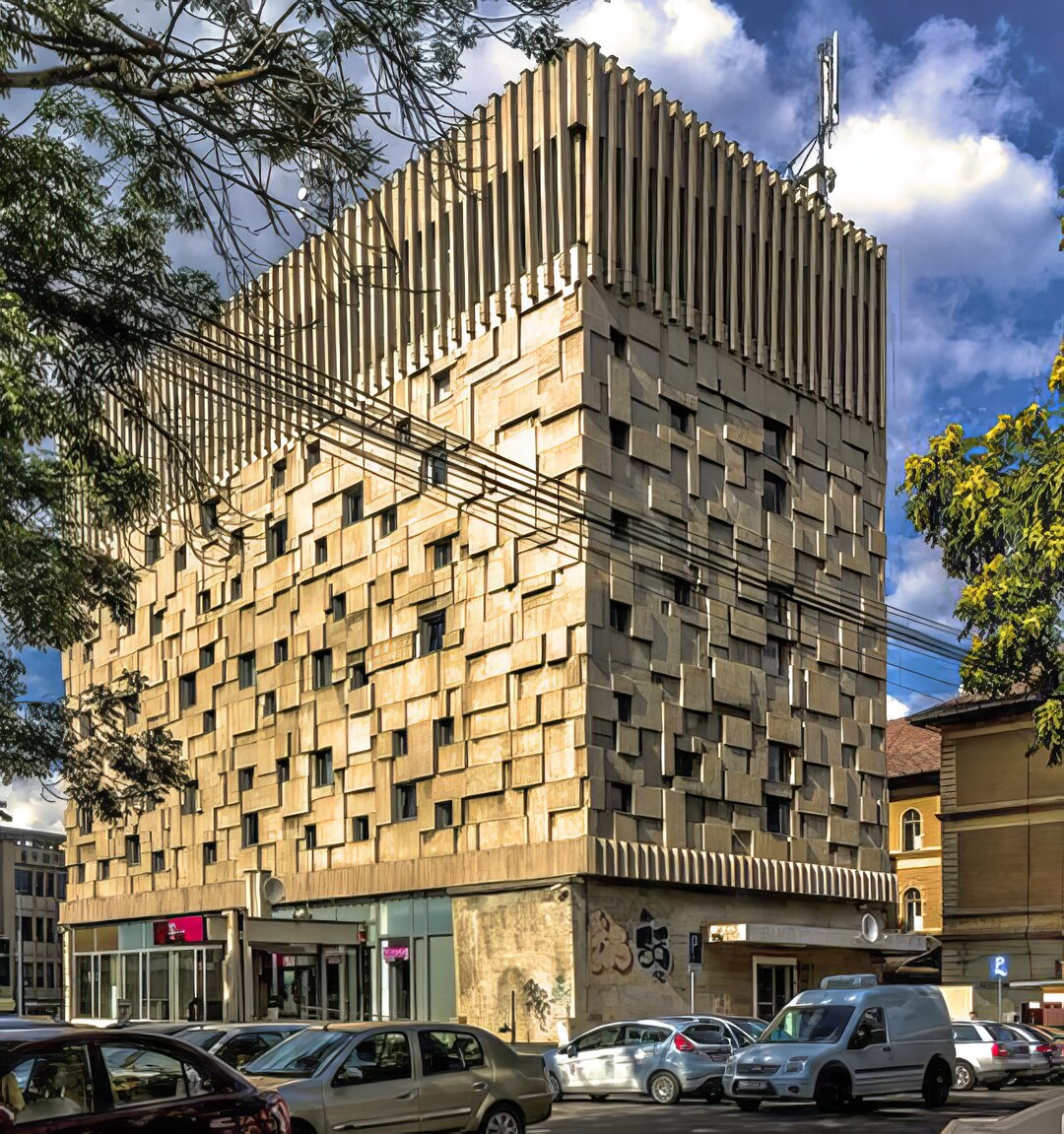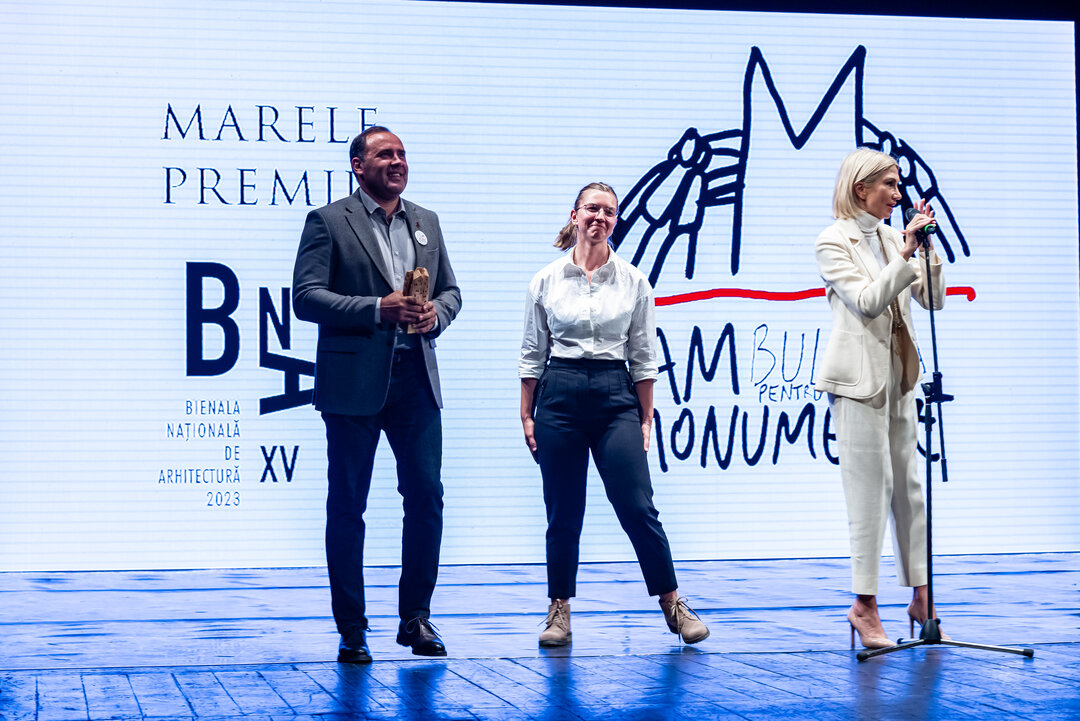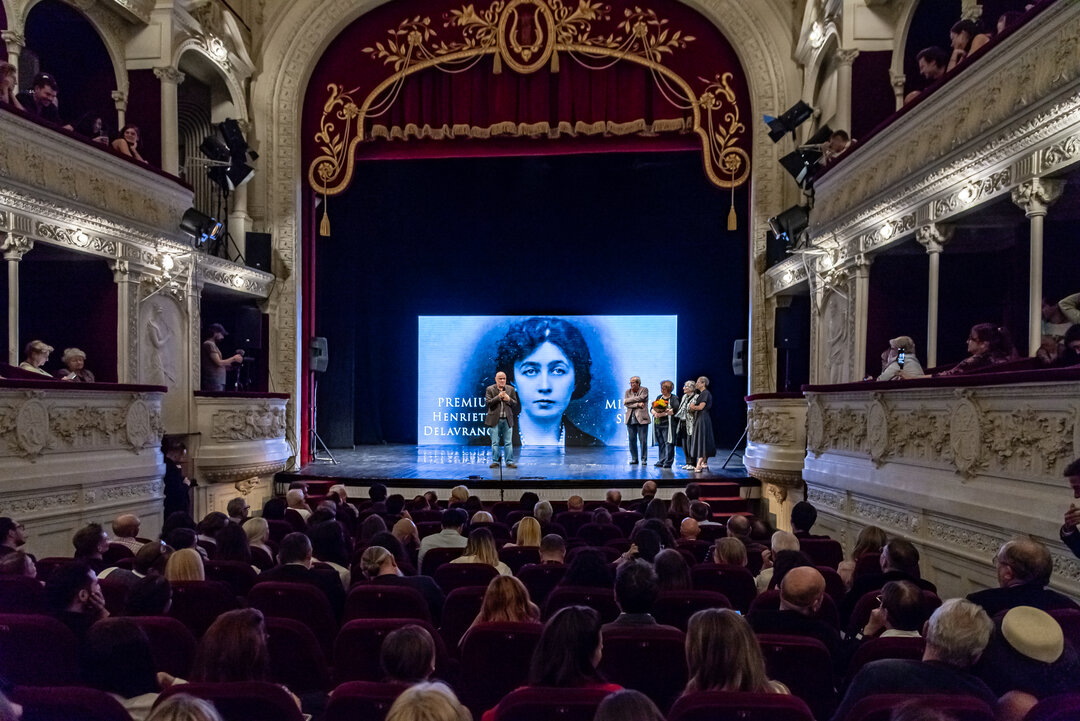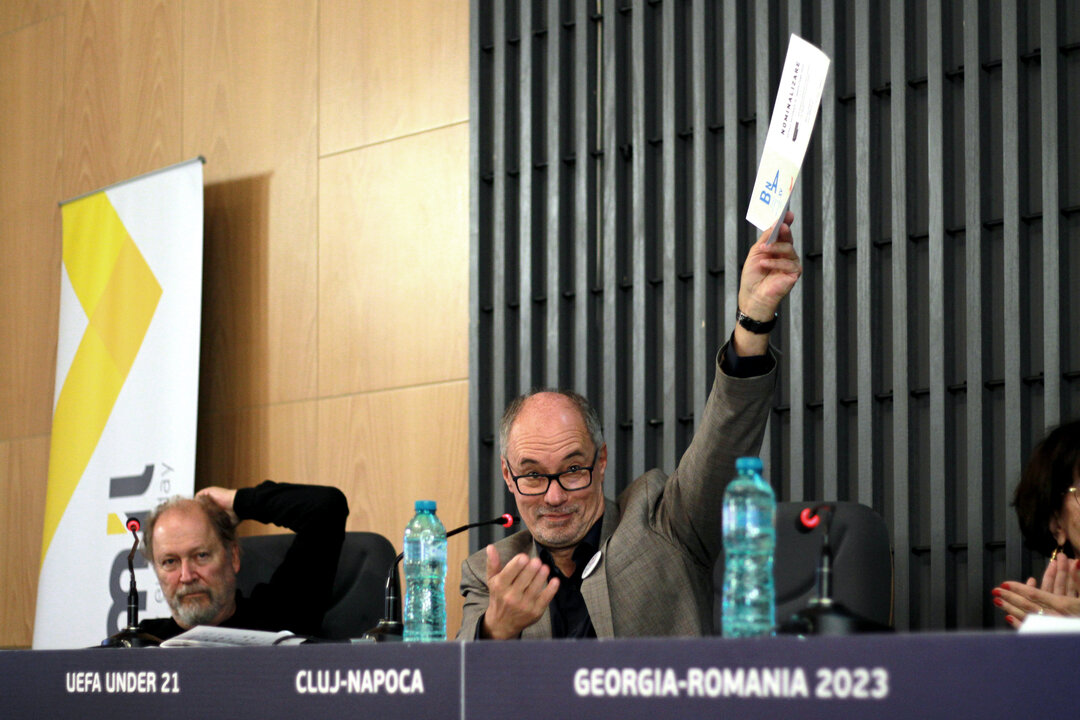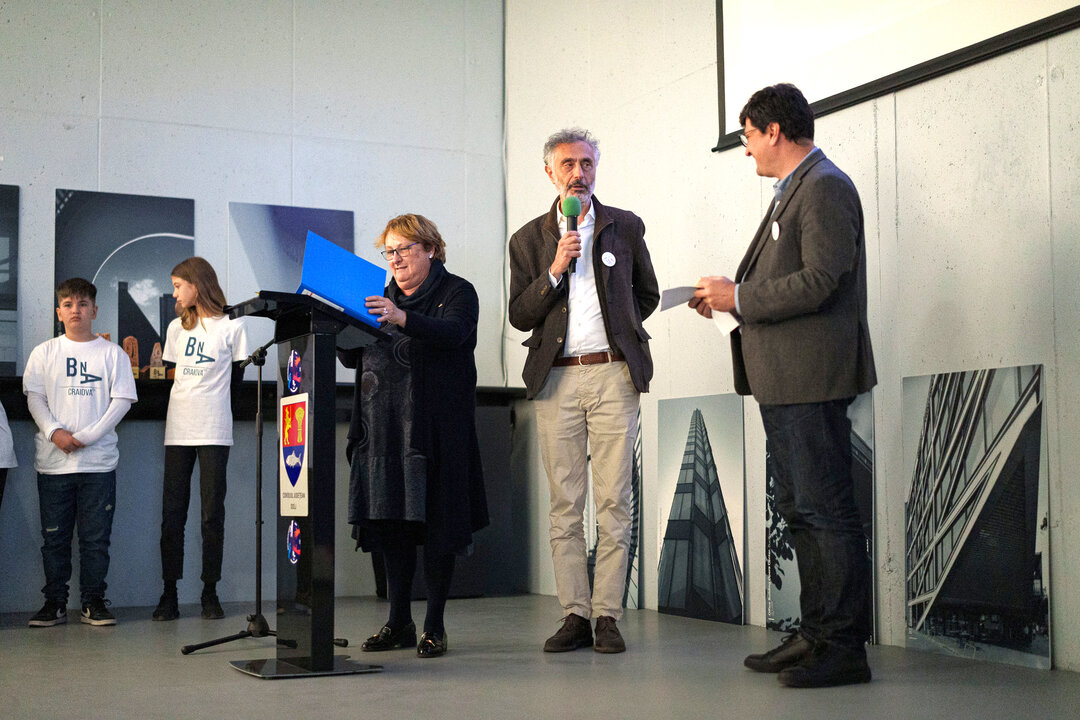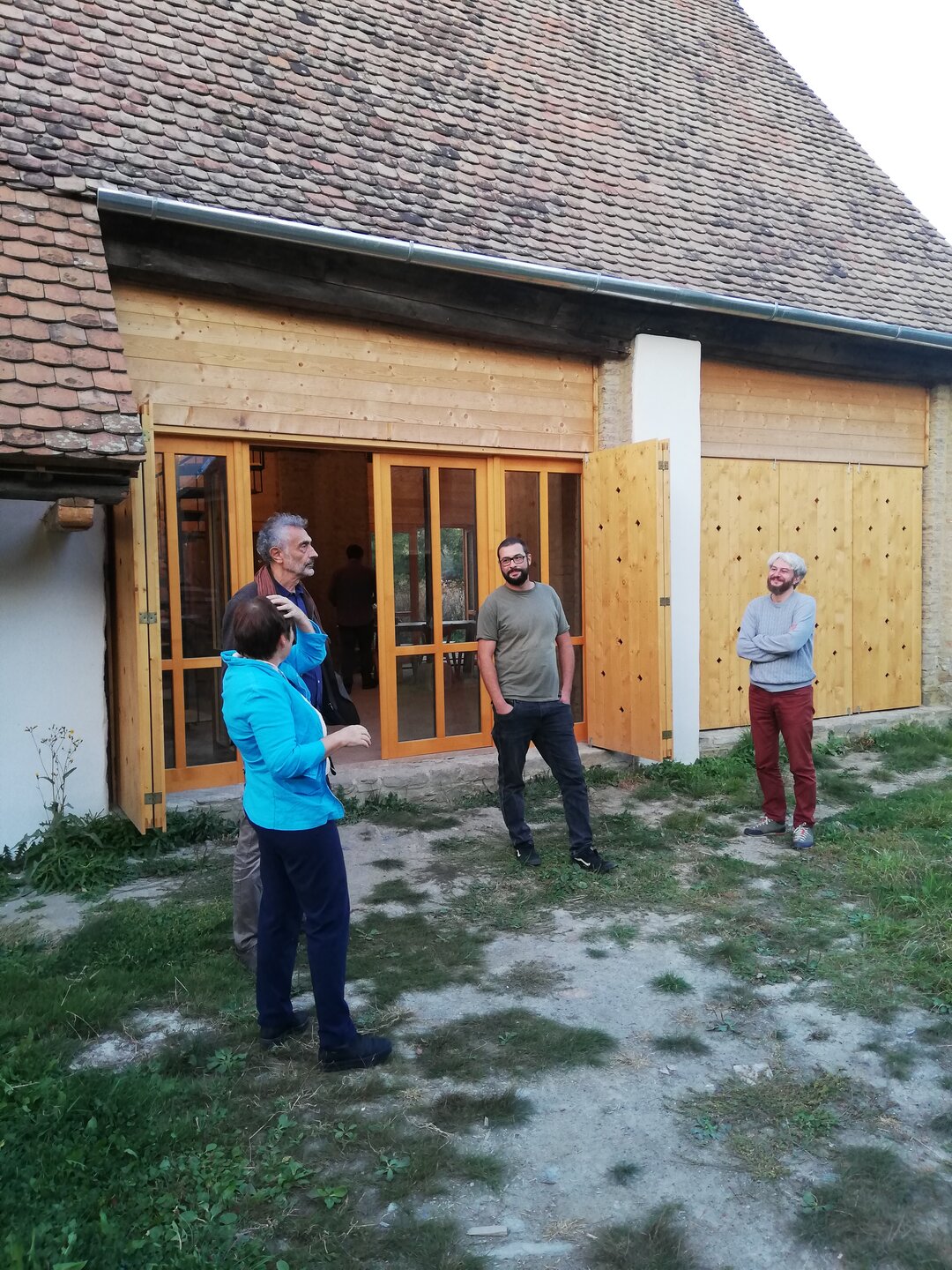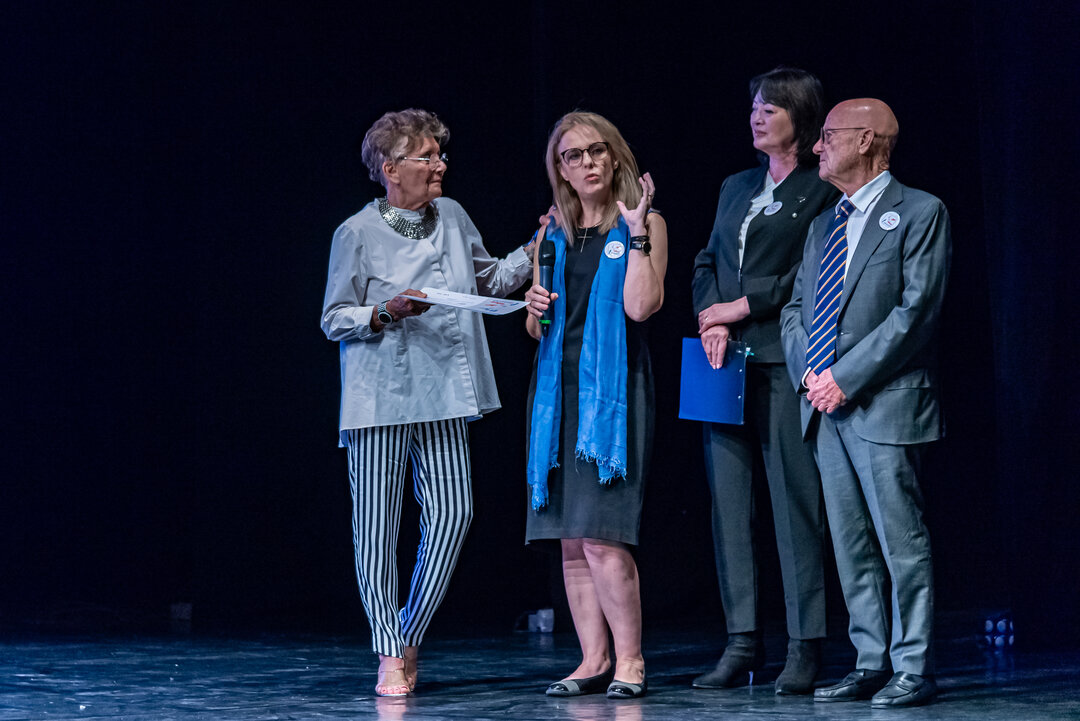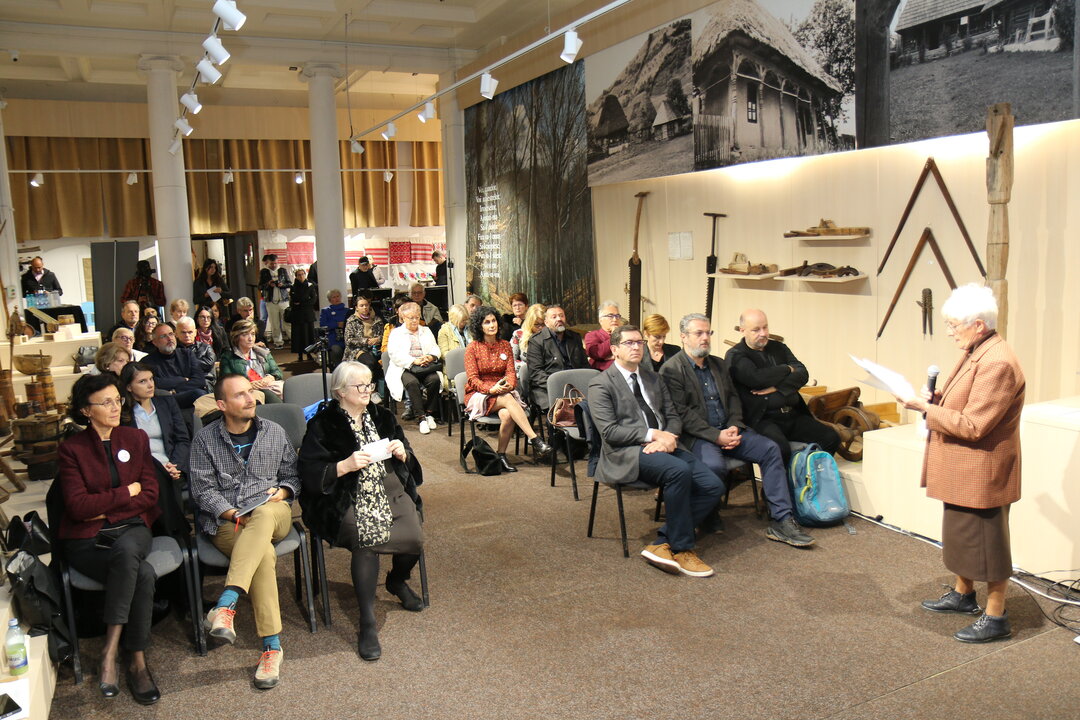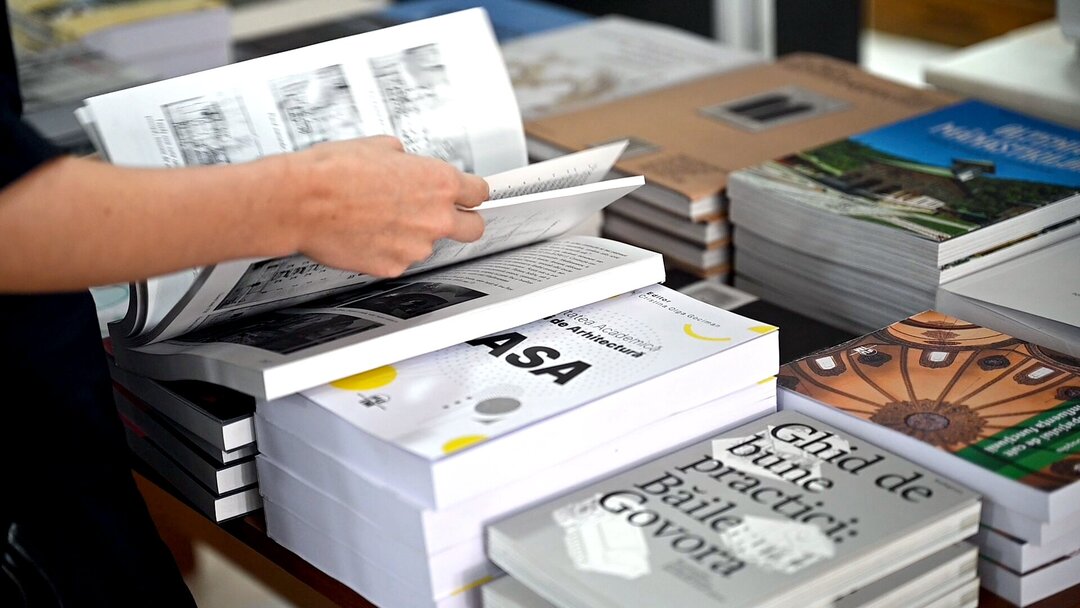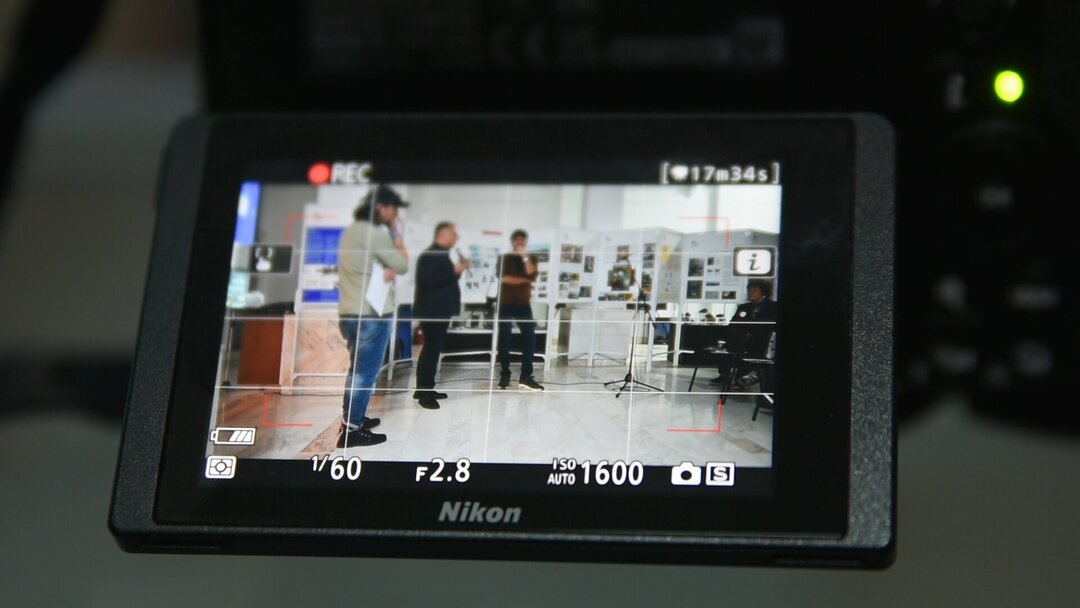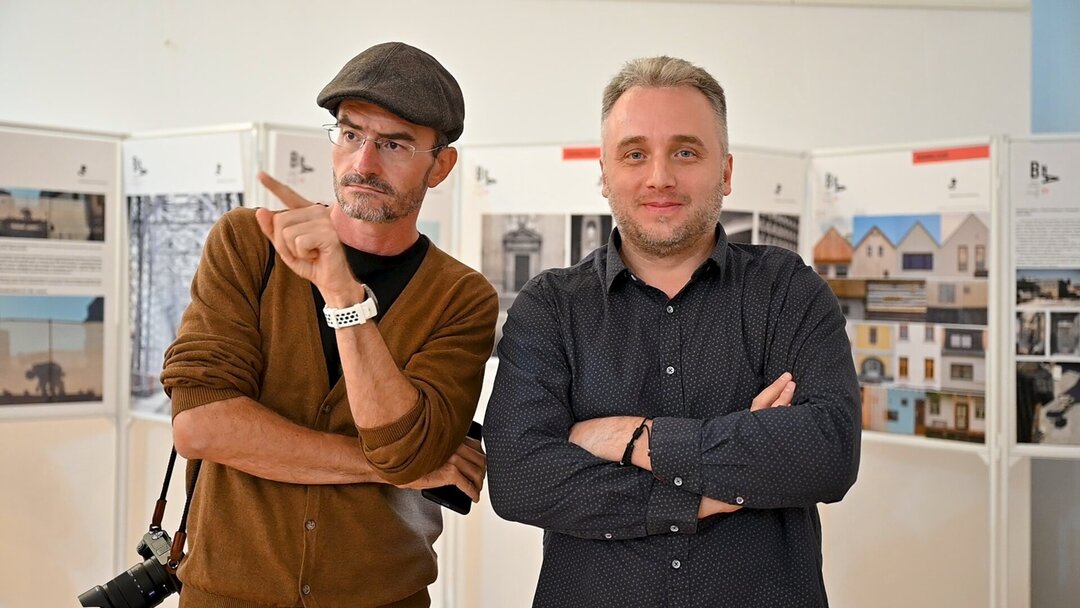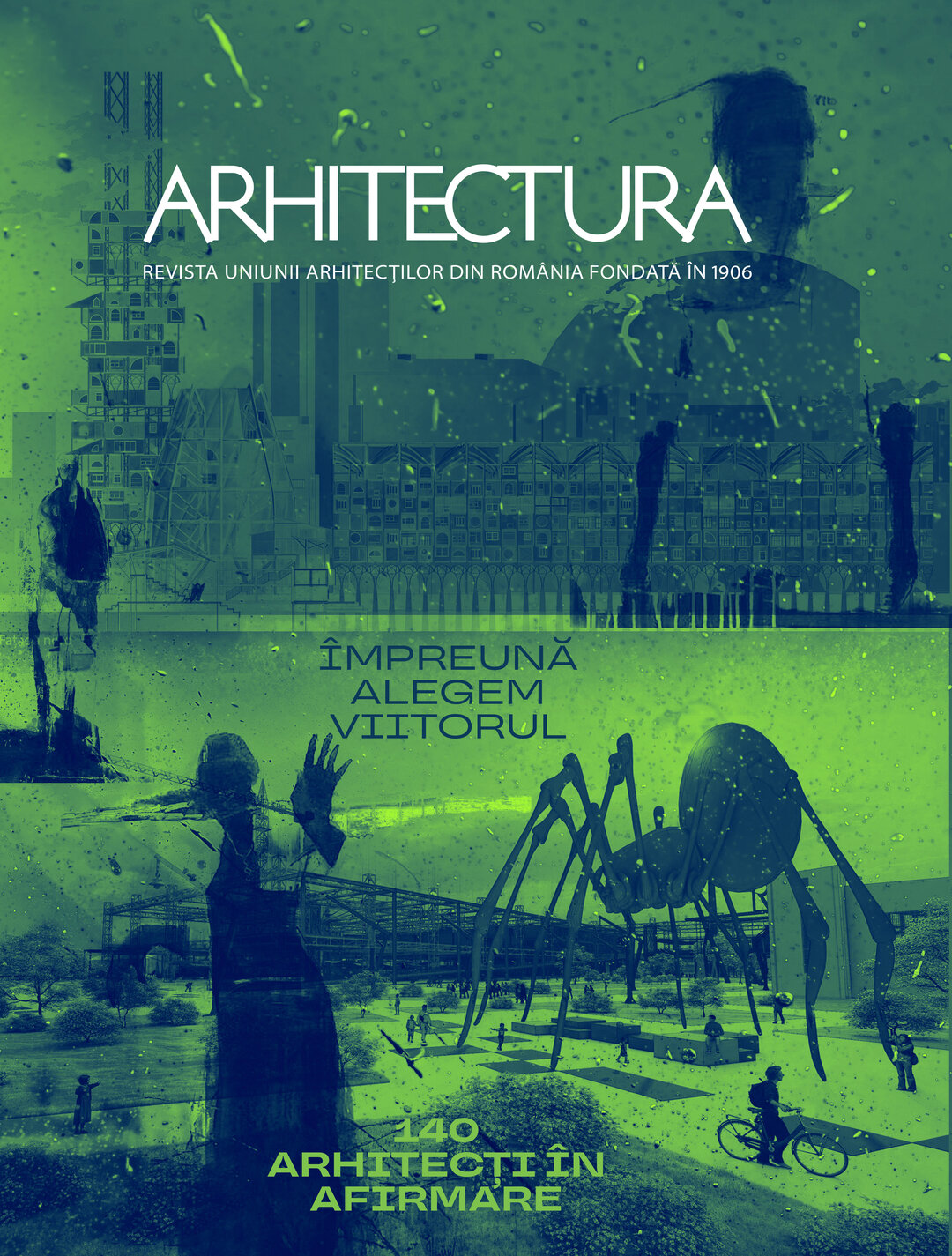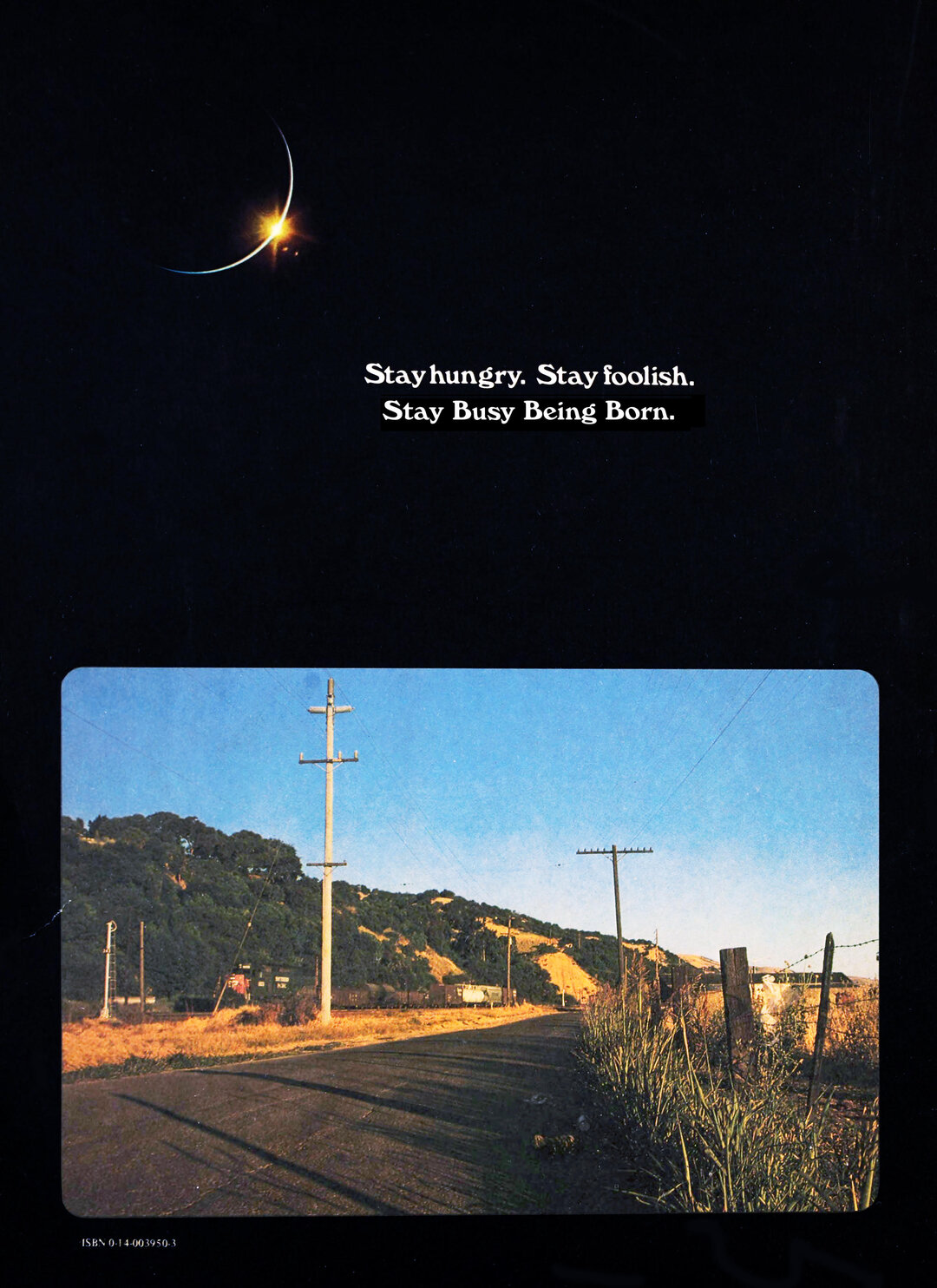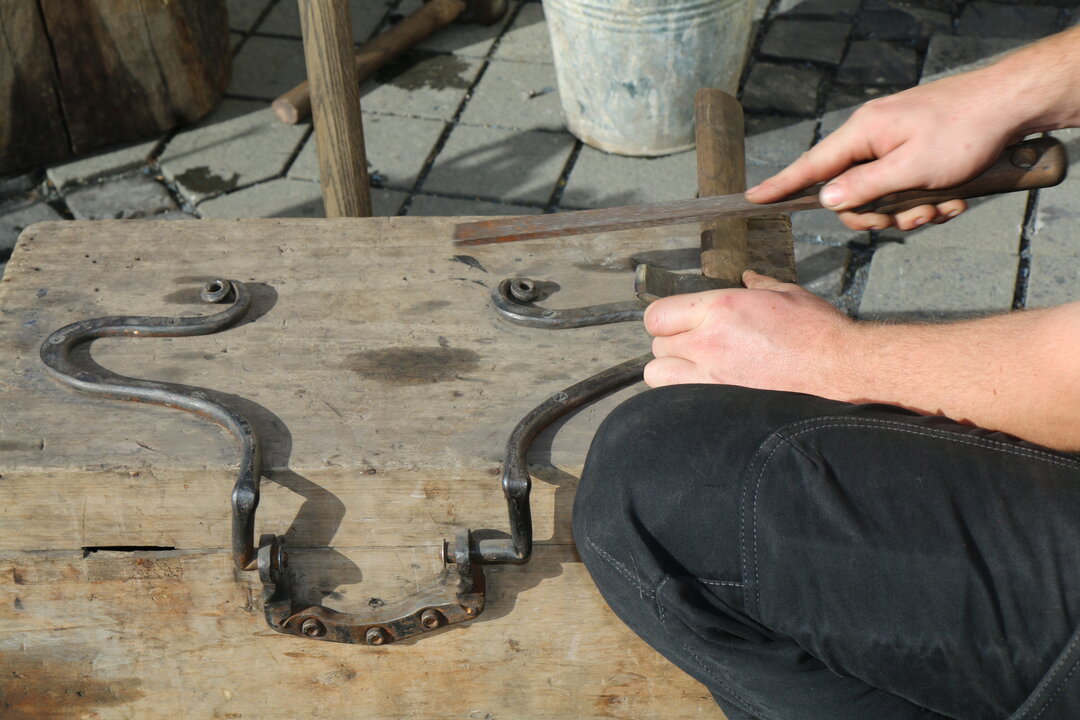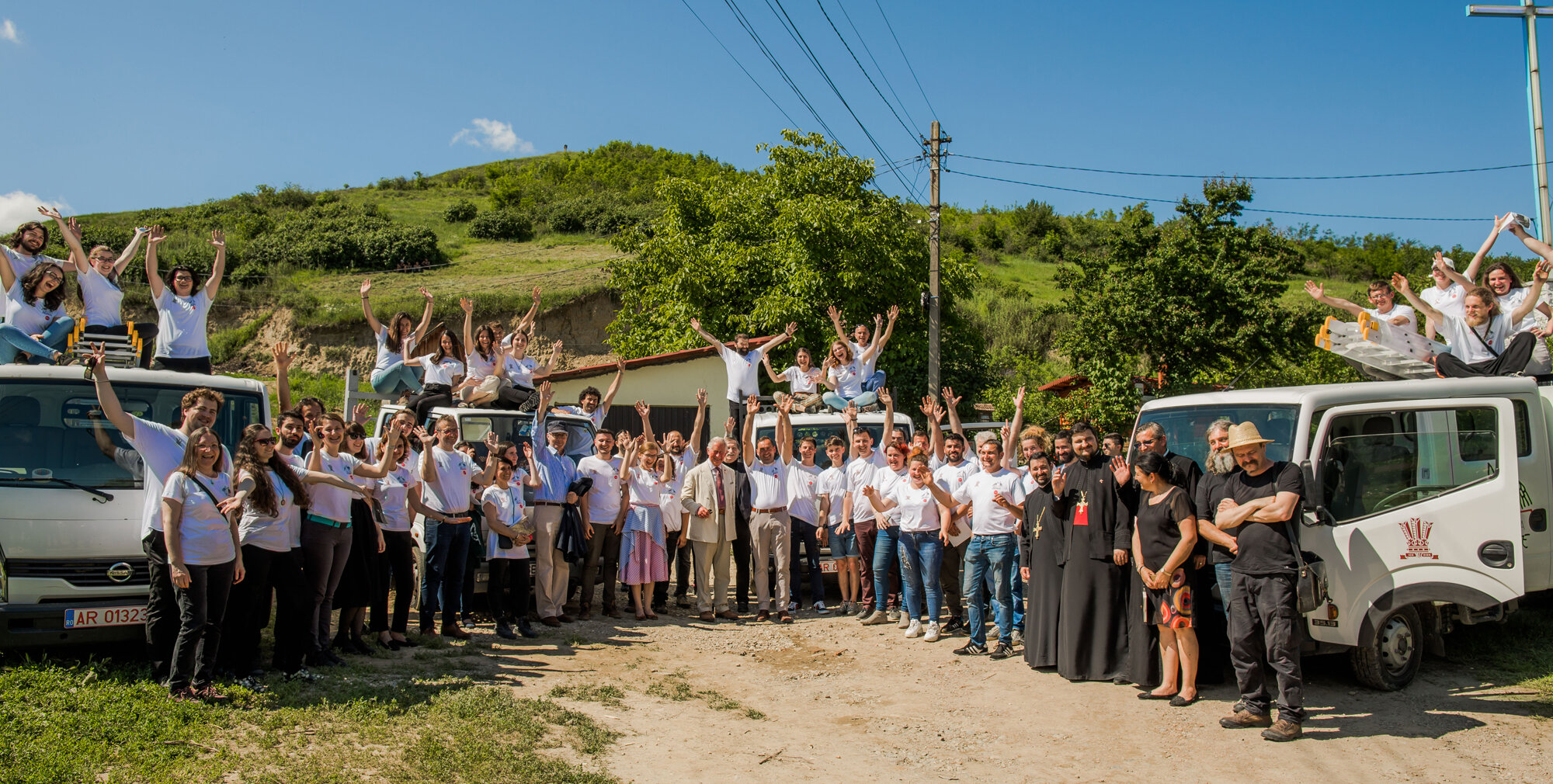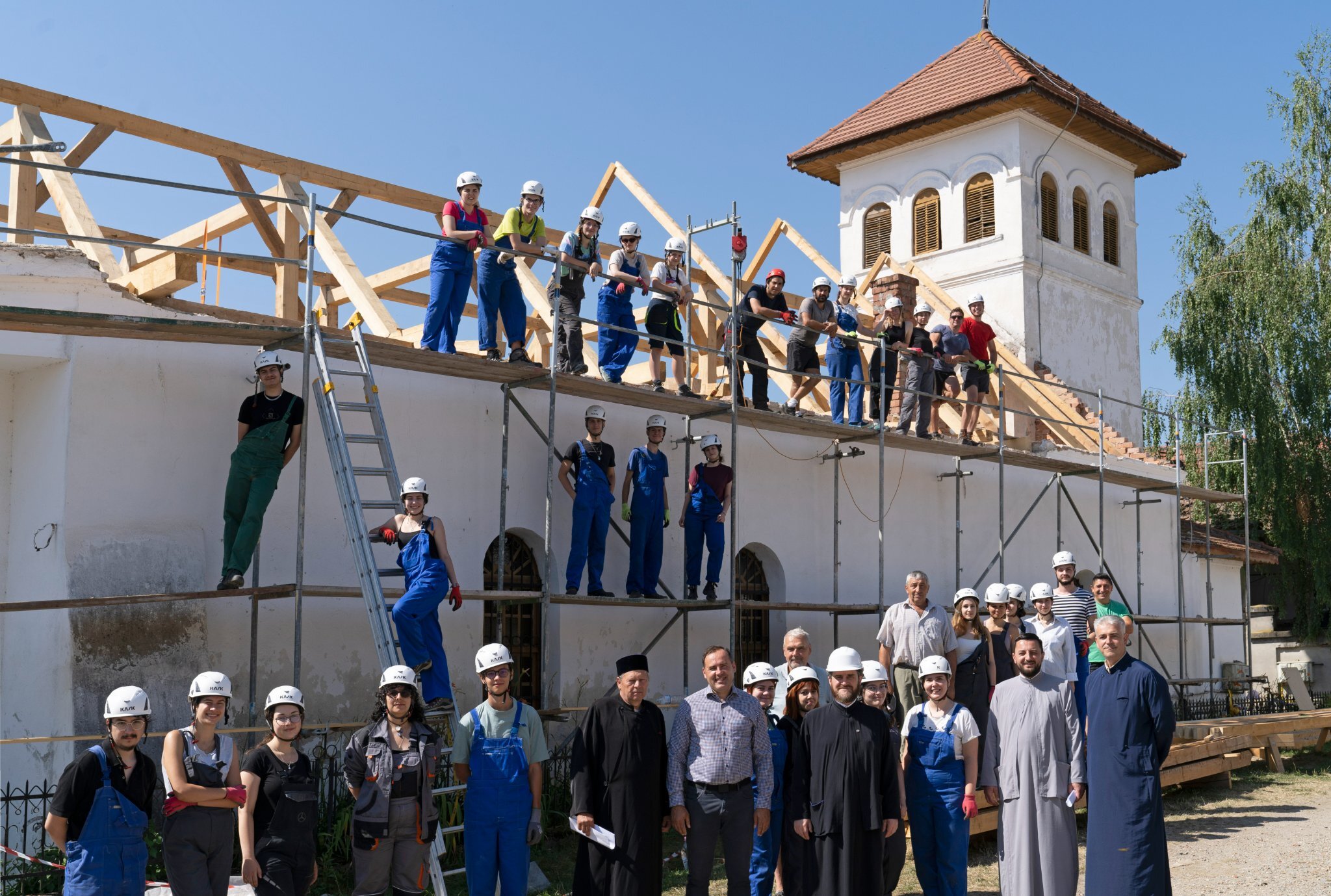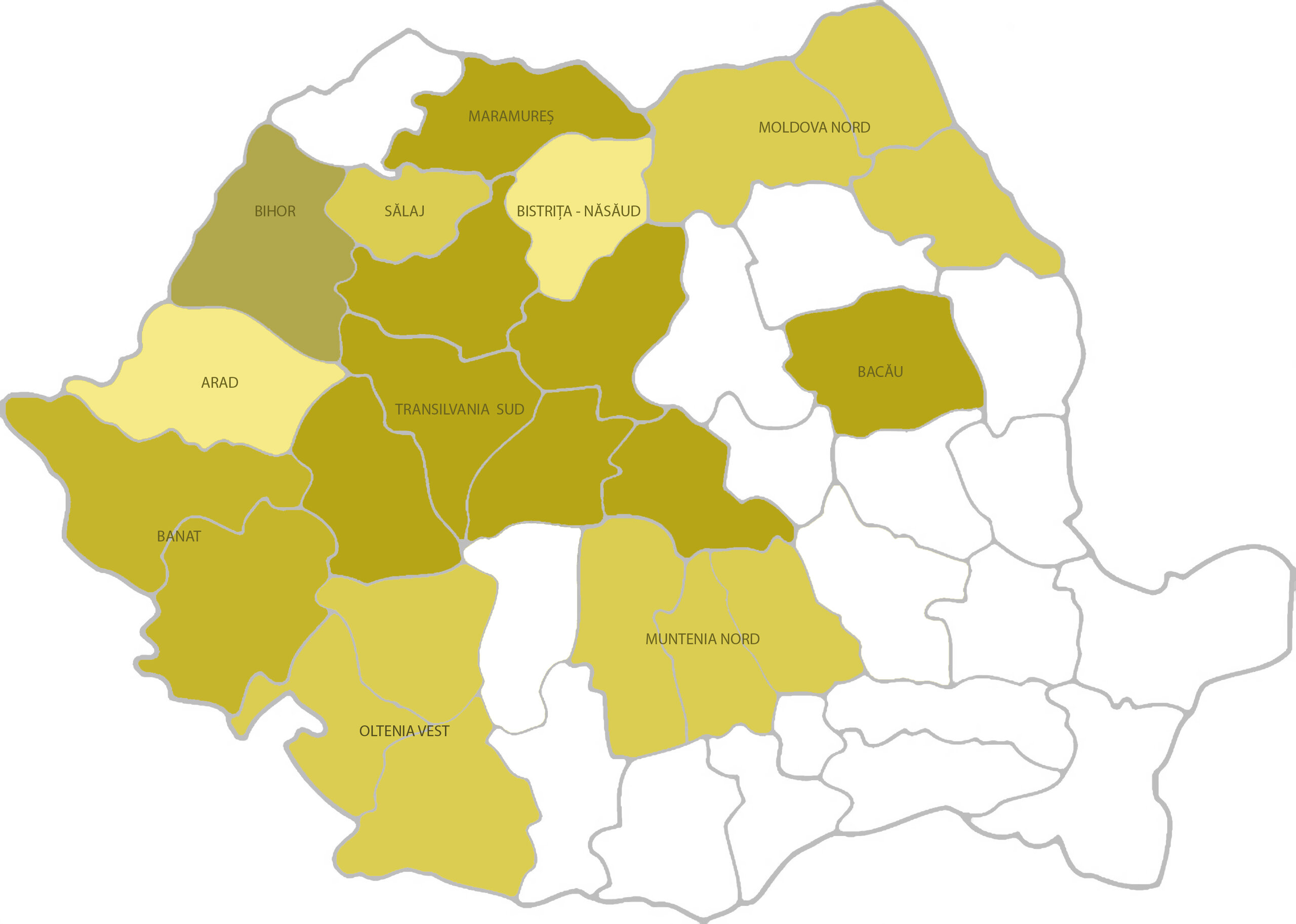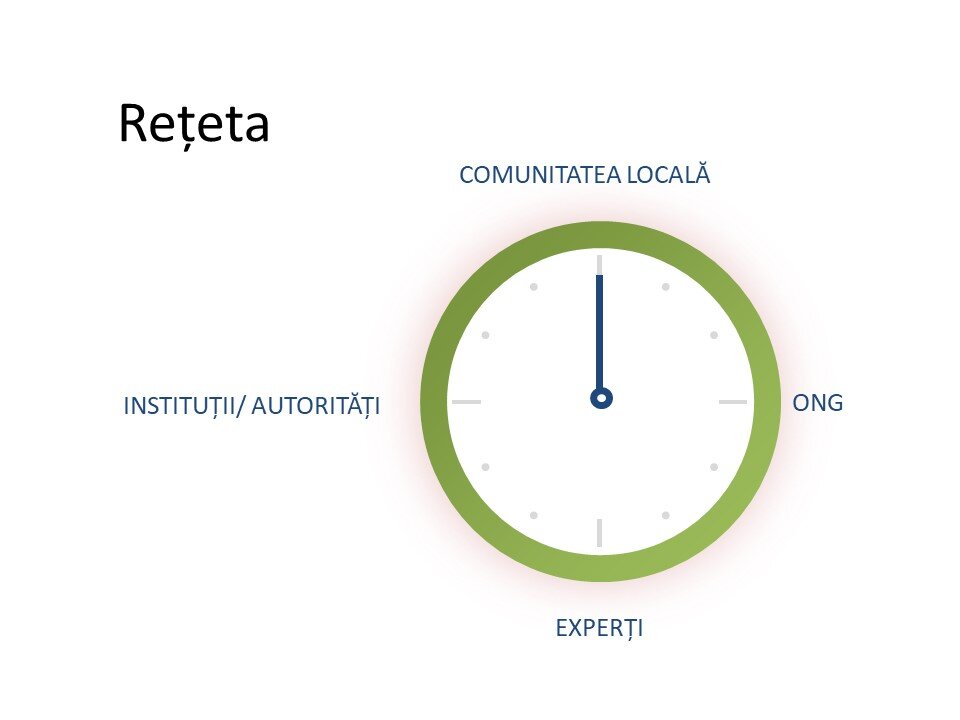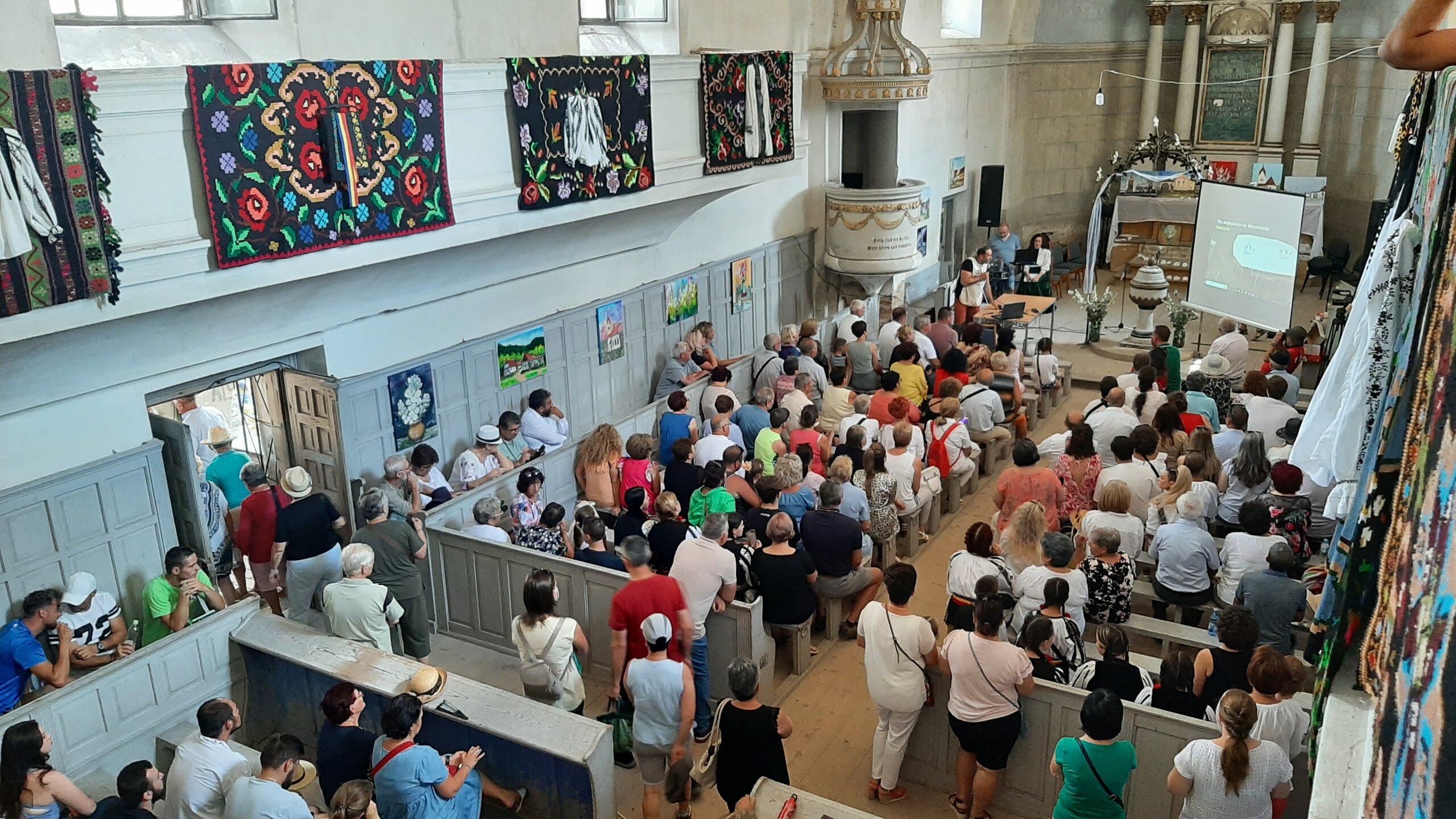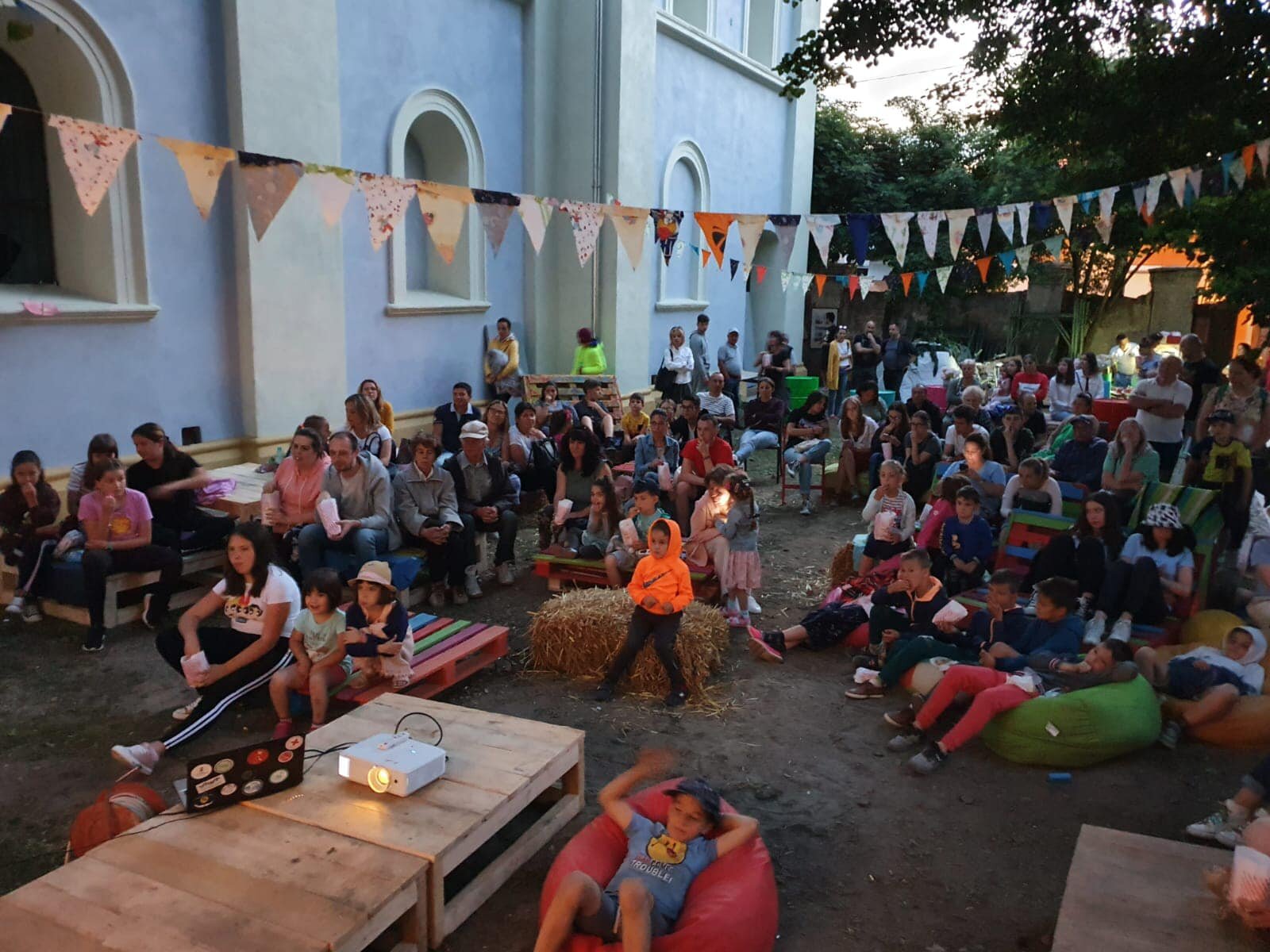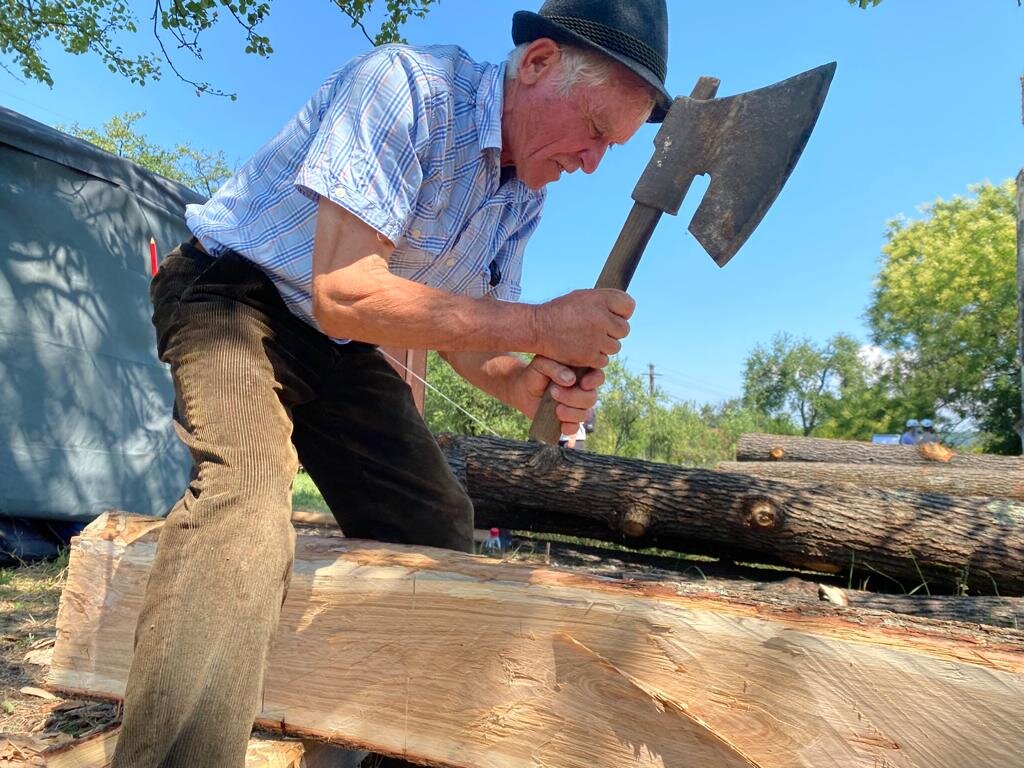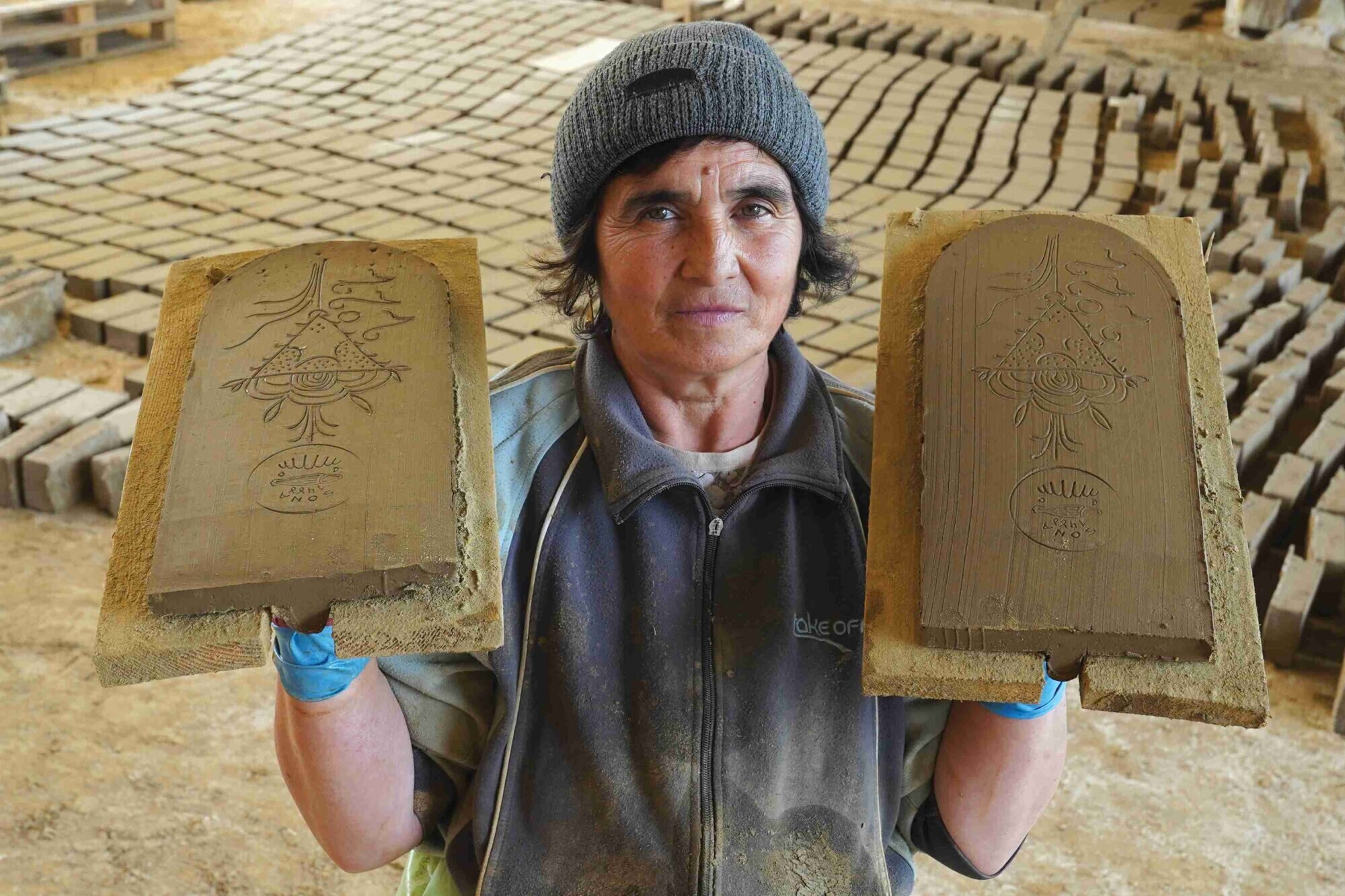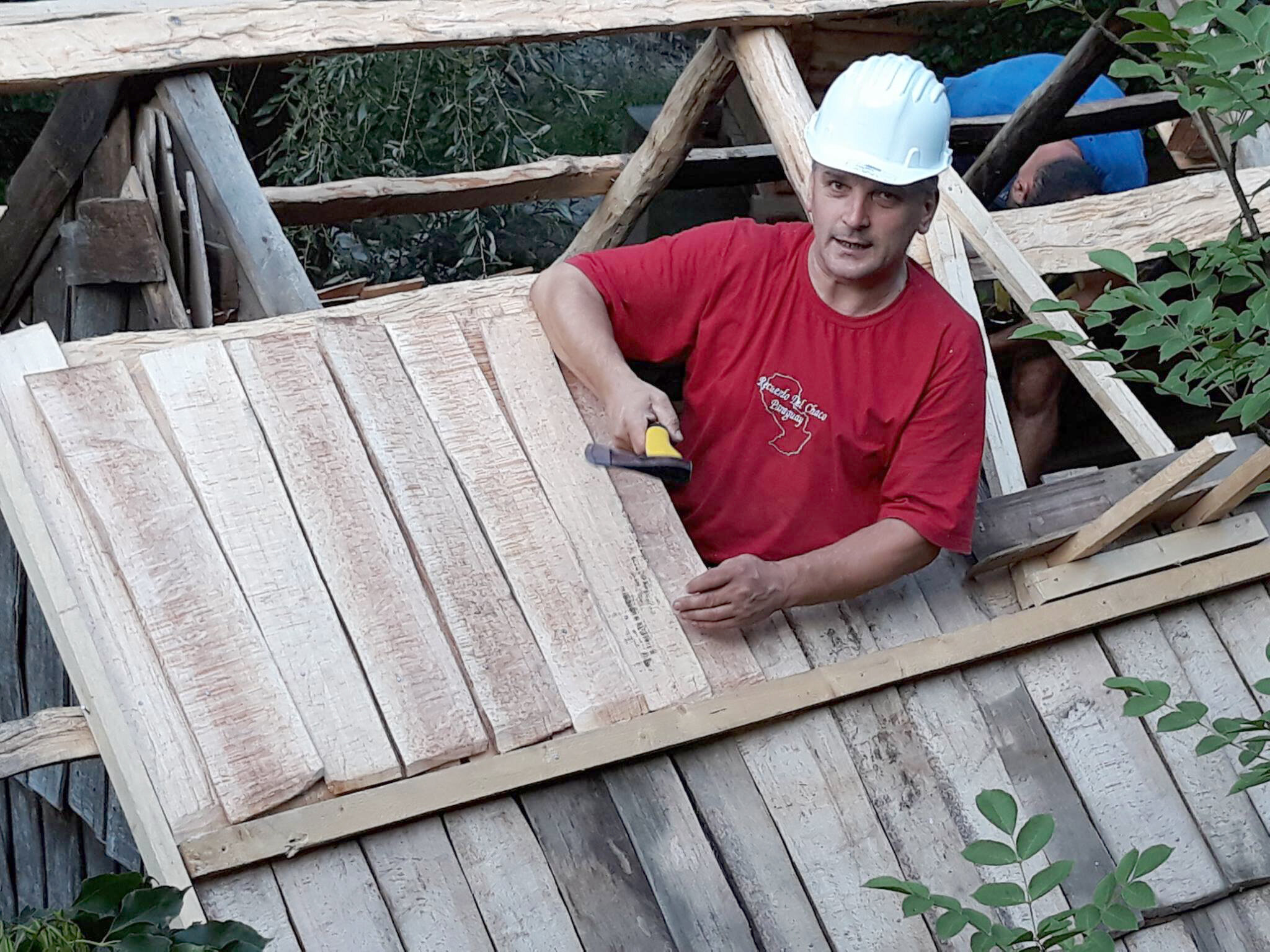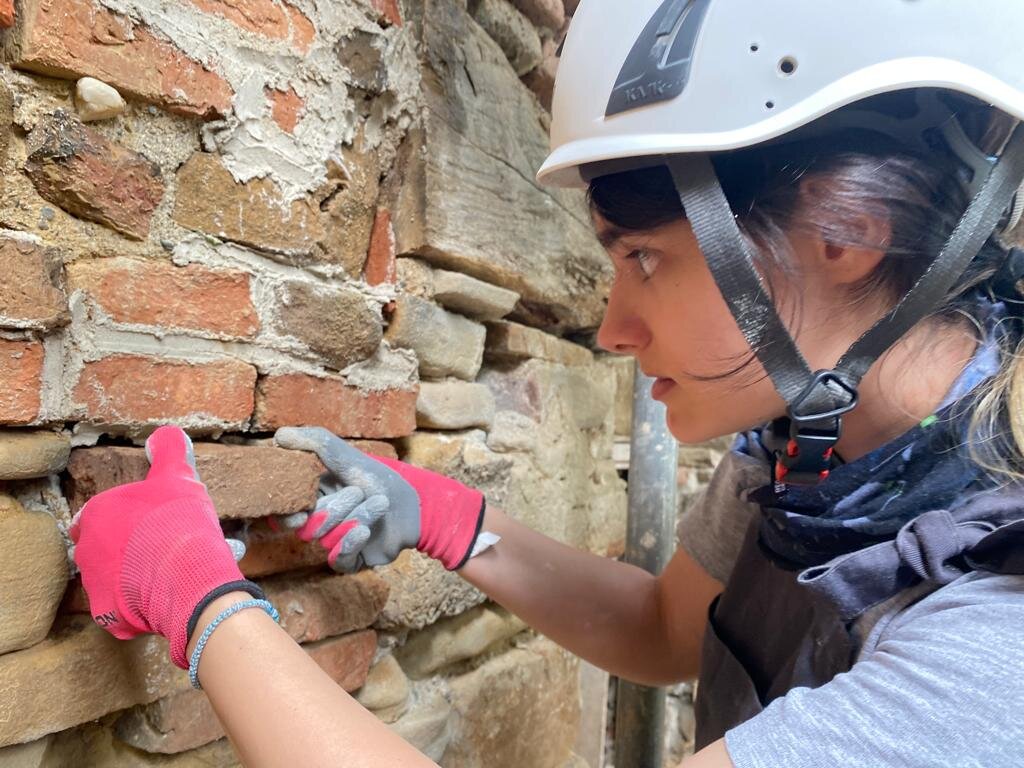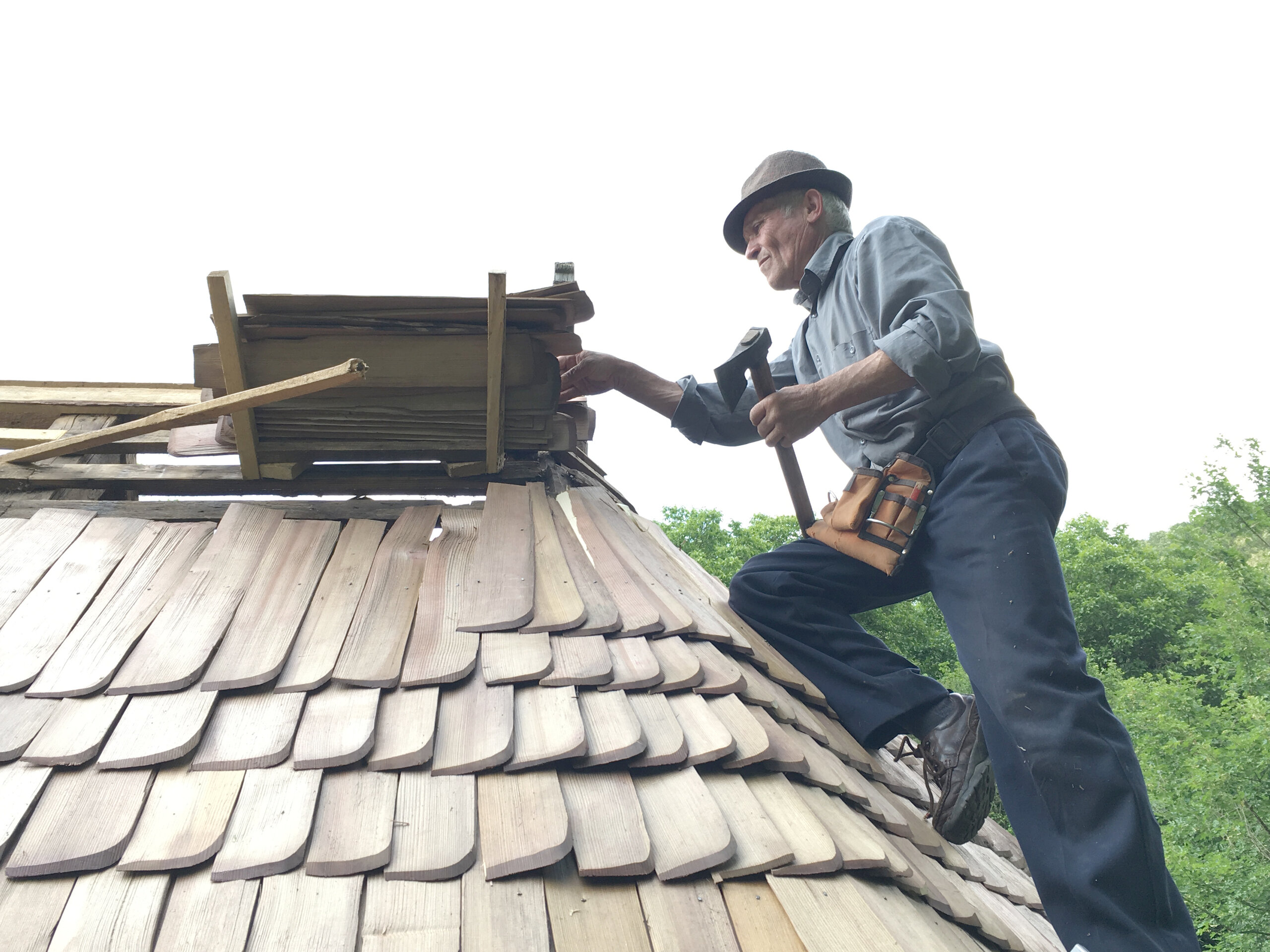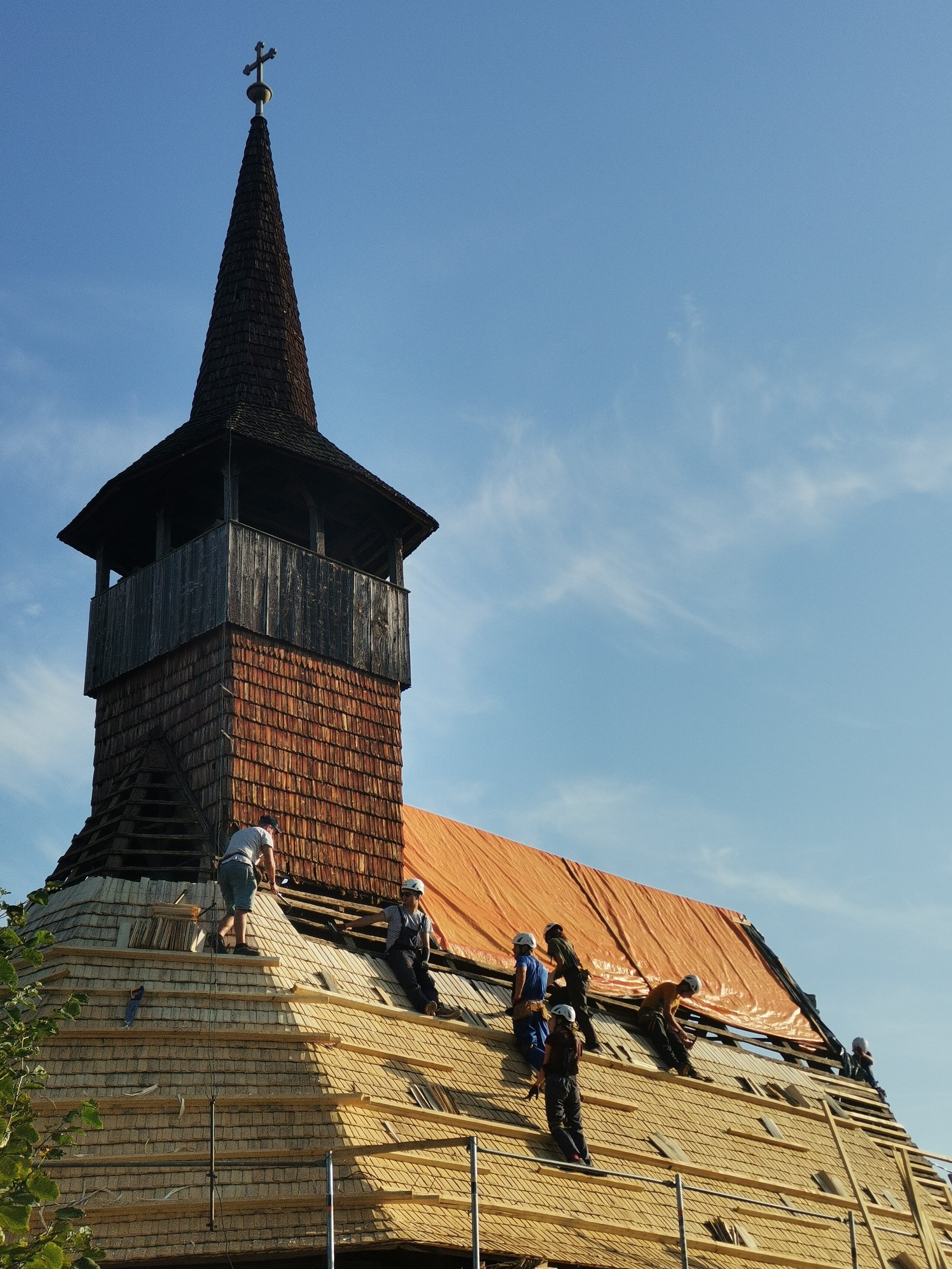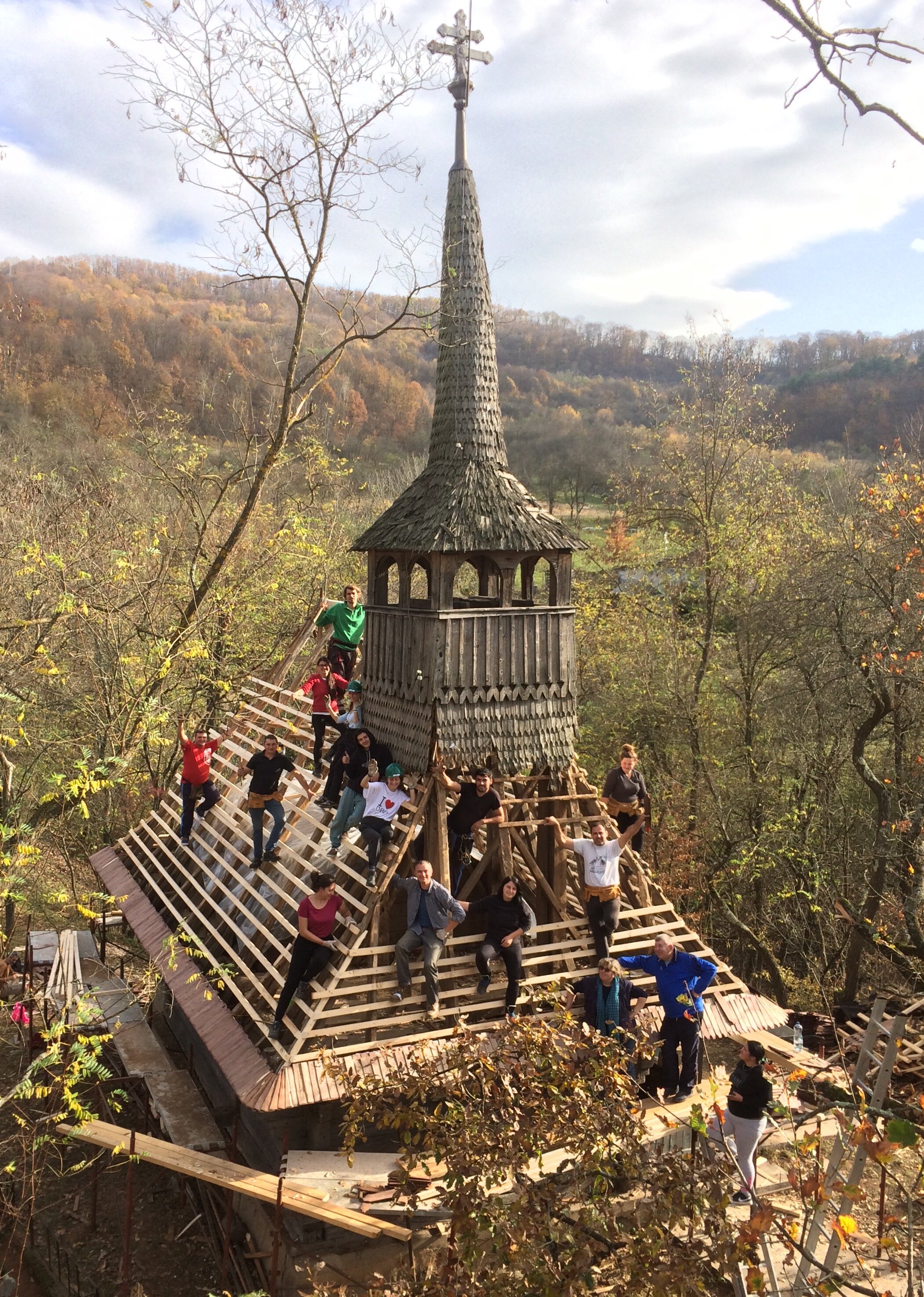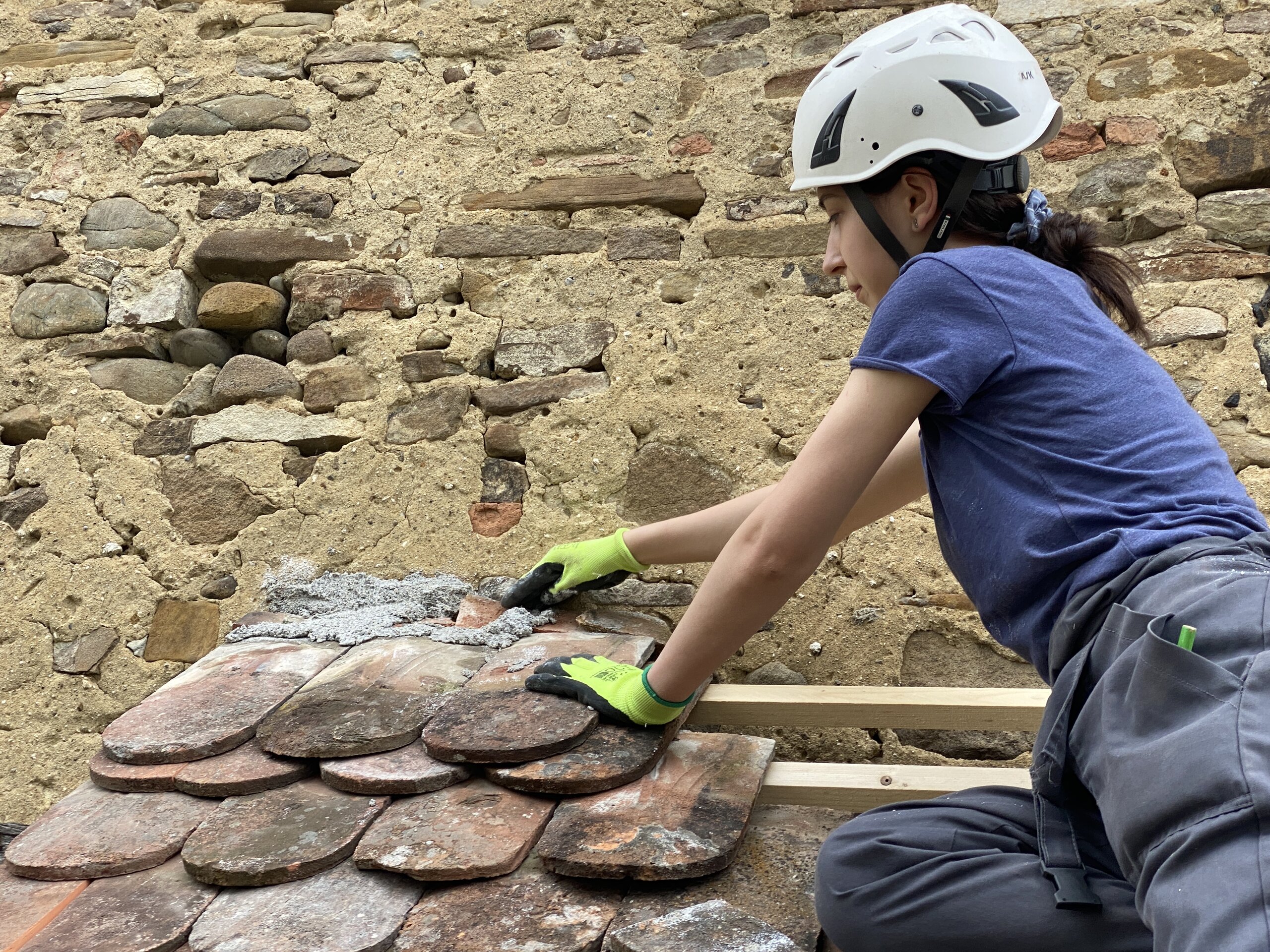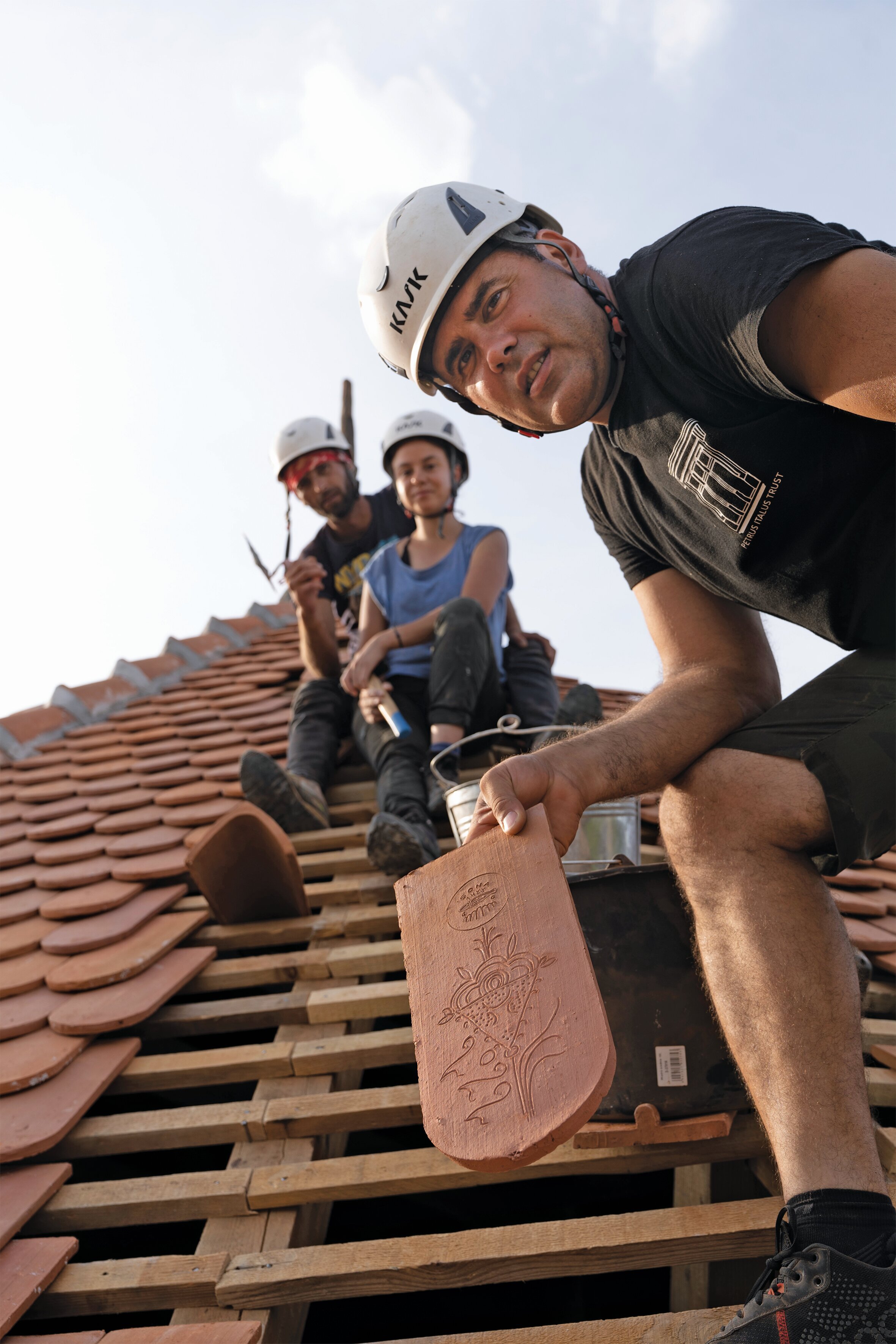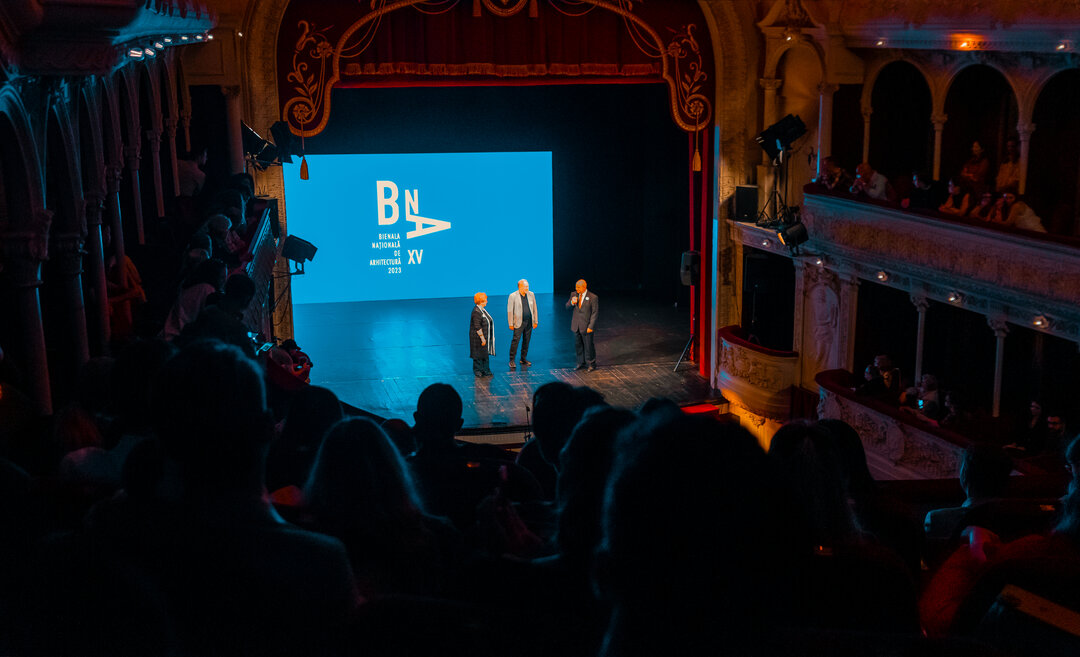
Biennale Grand Prize: Ambulance for Monuments
HANDS ON TRAINING THROUGH THE "AMBULANCE FOR MONUMENTS" PROJECT

Keywords: hands-on training, soft skills, meta-skills, crafts, cultural identity, local community involvement
PROJECT
"Ambulance for Monuments" (ambulance) was launched in 2016 by the Monumentum Association with the aim to preserve and conserve Romania's built heritage.
The project aims, in a desperate race against time, to save from collapse and degradation hundreds of buildings in Romania listed as endangered historical monuments from collapsing and deteriorating, through a wide network of organizations active in the heritage field. It carries out emergency interventions involving volunteer experts, students, professionals or amateurs and skilled craftsmen, always with the direct support of communities and local authorities. Most of the activities involve replacing damaged roofs, rebuilding walls, providing proper water drainage and stabilizing murals. At the heart of the project in each region is an intervention kit: a van equipped with tools, construction equipment and materials. During its seven years of existence, the "ambulance" has established close cooperation between the public and private sectors and a model for sustainable interventions on historic public buildings by training young experts and non-specialists, sensitizing communities to cultural identity, using local materials and involving local human resources.
"Ambulance" was launched with the support of The Anglo-Romanian Trust for Traditional Architecture (ARTTA) and subsequently The Prince's Foundation (UK) - chaired by His Majesty King Charles III - with the aim of preserving Romania's built heritage. It was conceived as an umbrella project for several organizations, similar to a franchise system, to give autonomy to grass-roots initiatives that are implemented by a network of NGOs across Romania. The project currently covers 60% of the national territory and is expanding rapidly year on year. Since 2016, 100 interventions have been carried out on local, national and world heritage sites, such as: wooden churches, fortified churches, mills, mansions, train stations, ruins of historical fortifications, greenhouses, kilns, towers, memorial houses, bridges, staves, gates, fortresses/fortification walls, houses, synagogues, parish houses, mountain huts, etc. The Monumentum Association supports the establishment of new organizations, provides them with tools and a van, and helps them to seek funding for their local projects. Each organization locally raises additional funds for project implementation.
The great achievement at national level is to establish a sustainable and successful intervention and funding model, where local and regional authorities bear the majority of the costs for materials, private companies and donors fund additional materials, equipment and tools, communities work side by side with the volunteers they host and feed, volunteers and craftsmen do the execution, and the media is involved at a high level to promote the heritage protection message.
The project tries to find solutions for similar problems in other Eastern European countries: lack of heritage education for civil society, lack of skills and practical knowledge of specialists, loss of authenticity and low quality interventions, abandonment of monuments (public buildings) by communities due to low sense of self-worth, loss of identity and knowledge about culture and history in their rush for globalization and ephemeral values.
The selection criteria for an objective are related to the weighted average between the cultural value of the historic monument, the state of decay (urgency of intervention) and the degree of involvement of the local community.
The "Ambulance for Monuments" won the Public Award and the Education Award at the European Heritage Awards - Europa Nostra 2020, Europe's highest heritage award. Over 12,000 citizens from all over Europe participated in an online poll.
NETWORK
The recipe that has made the project work and has been scaled up nationwide is based on a balanced division of tasks between the four actors contributing to the conservation of built heritage, according to the capacities and potential of each: the community provides accommodation and food, the owner/local administration covers most of the costs for building materials, the experts investigate the constructions, do the design and coordinate the work on site, while the NGO manages the logistics and coordination of these three actors. This works particularly well in cases such as churches, which are considered by local communities as particular symbols of identity and cultural cohesion.
OBJECTIVES
The project aims to achieve five interlinked objectives:
- First-aid ("good hats and shoes" for historic buildings)
Over the last 30 years since the fall of the communist regime, many historic buildings have been neglected and abandoned by their owners and local communities, while at the same time the state has lacked the means to preserve them. "Ambulance" was a direct reaction to a potential impending cultural disaster and the possible loss of hundreds of buildings of vital historical importance for Romania. The interventions were carried out with great sensitivity to preserve the substance and authenticity of the building, while preserving the diversity of expression for each component of the historic building in its local context.
The new materials that were used were compatible with the historic ones and the interventions are reversible.
- Hands-on training (informal education for young professionals)
Professional development through the concept of 'hands-on training'. This is a way of implementing non-formal education that is identified as deficient not only in Romania, but also in most Eastern European countries. Most of the volunteers are students and young professionals who want to broaden their knowledge, transversal skills, strengthen competences and meta-skills (project management, fundraising) while participating in a broad interdisciplinary approach.
- Involvement of the local community (raising awareness and initiating actions for local community members)
The "Ambulance for Monuments" is a testimony to the power of community-based heritage conservation.
Sustainable conservation and maintenance of historic buildings would not be possible without the direct and active involvement of local communities. Currently, "Ambulance" is carrying out, with the support of The Romanian-American Foundation, a research project and methodology to increase local community involvement in the future maintenance, conservation and adaptive reuse of their own heritage assets. Preliminary findings of the study conducted by the Făgăraș Research Institute (ICF) reveal that local communities trust the "Ambulance for Monuments" project more than other institutions.
Interventions mainly on public buildings were a prerequisite for involving communities on a larger scale. Dozens of mayors, priests, local councillors and other representatives of local communities grabbed their tools and joined forces with volunteers in a desperate race against the clock to prevent the destruction of their own heritage. This has focused the attention of local communities on their own heritage while rediscovering a strong sense of cultural identity and values.
- Preservation and recovery of intangible heritage (discovery and reuse of traditional building techniques and technologies).
Young craftsmen are encouraged to work on interventions, assisted by older craftsmen, who are invited to pass on their skills and knowledge in training activities.
- Increasing philanthropy/engaging policy makers (site visits and peer-to-peer learning for local authorities)
Young people from urban areas, members of local communities and policy makers are invited to volunteer or donate funds for materials or provide food and accommodation for craftspeople and volunteers in a sustained effort to create synergies between the public and the project and to reach new audiences for heritage in non-traditional sectors.
INTERVENTION APPROACH
No two interventions are alike. Each on-site activity is leveraged to maximize opportunities and turn the most important ones into vectors for intervention. We consider the following aspects when approaching an intervention: availability of local resources, environmental impact, potential to develop a circular economy (re-cycling and up-cycling of old materials), learning opportunity, level of traditional knowledge that could be gained and cost-benefit ratio.
HANDS-ON TRAINING
As the volunteers are an important component of the whole project, the on-going training of students and young professionals during the interventions is one of the crucial issues we are concerned about. Every year, in March, we open the platform to register volunteers for the 15-20 interventions. Women's participation is promoted on the sites - even against difficulties and prejudices due to outdated mentalities, mainly coming from rural areas, as construction work is a traditionally male activity - so that currently the participation rate of women on the sites is 75%. Most of the volunteers are students and come from the fields of Architecture, Restoration, Urban Planning, Engineering, Archaeology, History and Cultural Tourism, but we also have students from faculties such as Medicine, Psychology etc.
Unfortunately, Romanian architecture universities only superficially address the practical side of student training and, in the 1-2 weeks of more or less practical activity that they include in their annual program, students fail to acquire the knowledge necessary to become mature specialists, able to adapt to the real demands of their projects. For them, the ambulance interventions held each summer are one of the few opportunities they have to consolidate the theoretical knowledge they have acquired at school. In addition to the lively atmosphere on site, where they network with other students with similar interests, they have the opportunity to meet specialists in complementary fields, work alongside craftsmen, learn about community problems, understand how an intervention works and its stages, and carry out on their own joints or details that they would otherwise have only tackled in theory.
Young people in Romania do not have many options to help them develop their practical professional knowledge. After the 1990s, the break with the traditional transmission of knowledge between craftsman and apprentice, father and son, mother and daughter has become increasingly clear. The import of new materials and the speed with which they can be made has been a major reason for this break and the gradual loss of traditional crafts. Today, especially in rural areas, young people are looking to break away from tradition and move towards more theoretical trades or jobs in Western Europe, where they earn better money, while those who are not interested in going to secondary school or university have no vocational training options. In the past, Romania had schools of arts and crafts, where students who finished 8th grade could learn a practical trade (carpentry, sculpture, pottery, weaving/crochet etc.), but in 2009 these were abolished.
A major role for the non-formal and in-formal education of architects and future architects is played by architectural workshops and summer schools, which are held in 90% of cases in rural areas, aiming to increase the quality of the architectural object by familiarizing architects, future architects, beneficiaries of architectural projects and the general public with research and production techniques of traditional materials and their use in constructions that meet contemporary housing needs.
We believe that in the construction of a new building, as in the restoration of existing buildings, the contribution is a concerted one and the success and quality of the intervention is based on close collaboration between all the actors involved: beneficiary, funder, designer, executor, local community, researcher, public policy maker. The role of this in situ collaboration between craftsmen and students, between students and the community, leads to an understanding of the problems faced by each of these actors, an understanding of their limitations and ultimately to the proposal of realistic solutions, thus compensating for the shortcomings of theoretical training in universities. It also contributes to the development of the softskills and meta-skills necessary for future project coordinators and leaders. In the Ambulance for Monuments project, 6 years after its establishment, there are already dozens of young professionals, former volunteers, who are involved in project assistance and even coordination, one of them is even co-author of the present article.
In general, the students are interested in having as diverse an experience as possible of the different restoration methods and are making real itineraries from one intervention to another in order to acquire a complete training in experimenting with different types of materials and building techniques.
Some of these techniques are described below.
Timber cladding
Thanks to the contribution of governmental and European structural funds that facilitated the penetration of large companies throughout the country, a standardization of wooden cladding has emerged according to the principle of the cheapest shingle. Thus, from north to south, from west to east, we find the same type of Maramureș fir shingle. The Monuments Ambulance has tried to counter this practice, which is also adopted by small firms, through in-depth studies that have led to a return to the diversity of wood species used in the past, the variety of shapes and typical local arrangements.
Tile roofing
The roofing landscape in hill and lowland areas has changed substantially in the last 30 years due to the emergence of industrial production and large-scale factories. Small local or itinerant producers of ceramic tiles and bricks have almost completely disappeared. The quality of the new tiles is questionable, their shape is different from the historical one and the patina of natural ageing is barely visible. The Monumentum Association has managed to set up two traditional tile and brick quarries that supply the "ambulance" with some of the necessary building materials. But most of the tiles and bricks needed on site are reused from neighboring yards.
Thatched roofing
Straw roofs, which are naturally perishable and require constant maintenance, are still found in very few areas of the country, especially in the Apuseni Mountains. They have roofs with steep slopes at an angle of more than 60 degrees, and the rye from which they are made is no longer cultivated except industrially in Romania, except for small plots in village museums, which need them for their own restoration work, and a few farmers who live in mountainous areas and cannot use mechanized machinery and continue to gather the sheaves by hand. There are two types of thatching - thatched and loose. Both require a wide cane support at the base to support the straw, and the straw is tied in place to the hewn beechwood by means of wild vine or curpen wicks. In the vertical direction, the thatch is supported by birch branches. The thatched roof must be replaced after two years, during which time the thatch is allowed to sag.
The coppice
Carpentry brings with it the greatest challenges in Ambulance interventions, on the one hand because of the desire to retain as much of the historic material as possible, and on the other hand, in some cases, more of the sound side of the timber has to be cut away to make a joint that meets structural requirements. A traditional craftsman has a tendency to replace a damaged element altogether because he does not know the techniques of joining and completing elements like a restoration technician. Hence the challenges. Many historic vernacular frame structures are designed at the lower limit of strength, so additional reinforcement is needed. Saw sawing and slashing along the fiber brings the greatest challenges to participants. The European-type saw, which cuts on thrust, buckles and the cut takes on a twisted shape.
Brick and stone masonry
The most common brick weaving is the English type. In stone masonry, irregular weaving or rectangular coursing with shaped stones is often used.
Most are built with simple clay mortar, but representative early medieval buildings used lime mortar.
In some areas, dry-fitting of limestone is often found for the foundations of wooden churches. In some interventions, the work begins with the primary handling of the stone, from quarrying to shaping. The work always depends on the time and craftsmen available.
Milling
Blacksmithing seems to be the favorite workshop of the participants, but we rarely find a local blacksmith. In the past every village had one, but since horse breeding has disappeared, most have disappeared. Where we find one, the bellows have often been replaced by an electric blower. Our activities are limited to making simpler items such as spikes (larger nails), bridles or tie-rod keys.
WHO? WHAT? WHERE? WHEN? WHY (Why is it important for you to get involved as a Monument Ambulance volunteer coordinator)?
1. MONUMENTUM Association (2016-present), Ambulance for Monuments - South Transylvania (counties of Sibiu, Brasov, Mures, Alba and Hunedoara, with interventions in Cluj, Maramureș and Bacău)
St. Nicholas Church in Gherdeal
Fortified Evangelical Church of Velț
Șaeș Haltă
The gate of the Brâncoveanu Castle Ensemble in Sâmbăta de Jos
Apața Tower
The wooden church dedicated to Our Lady Paraschiva in Grânari
Tower of the fortified enclosure in Copșa Mare
Apold railway station
Fortified Evangelical Church of Alțâna
"Church on the hill, ruins, Gârbova de Sus
Palace of the Princes of Alba Iulia
Fortified Evangelical Church of Filitelnic
Wooden church in the village of Breb, dedicated to the Holy Archangels Michael and Gabriel
Wooden church of St. Nicholas from the village of Vălari
Church of the Assumption in Strei
Wooden Church "St. Archangels Michael and Gabriel" from Brusturi
Wooden Church "Sf. Arhangheli Mihail și Gavriil" in Borza
Church of St. Elijah the Prophet Elijah the Tesvitean from Baru
Stone Church of St. George in Streisângeorgiu
Wooden church dedicated to St. Nicholas in Cuștelnic
Wooden church dedicated to St. John the Baptist, Săliștea Noua, Cluj
Fortified Evangelical Church of Hosman
Fortified Evangelical Church of Apoș
Ensemble of the fortified evangelical church of Roadeș (fortified enclosure), Roadeș Evangelical Church fortification road
The Dacian fortress Costești-Cetățuie
Wooden Church "Cuvioasa Paraschiva" from the village of Rădulești
Wooden Church "St. Archangels" from Sânbenedic
The wooden church of Gârbău Dejului with the patron saint "Saints Archangels Michael and Gabriel"
Section 11 of the Sighișoara Citadel Wall
Thatched house in Cib
Fortified Evangelical Church of Beia
Brukenthal Castle in Micăsasa
Church of St. George in Șesuri
Synagogue of Făgăraș
Citera Mărișcuța House in Zlatna
Walled church dedicated to the Archangel Michael in Gurasada
Parish house in Hosman
Evangelical fortified church complex, Homorod
Ensemble of the fortified evangelical church, Ungra
Fortified Evangelical Church, Țapu
Church of the Assumption in Șona
Leaota Cottage
Evangelical Church, Hoghilag
Hazaparu Mill in Dărmănești
Cordiana Bank in Fofeldea
Locomotive shed for the narrow gauge railway, Sibiu
Wooden church in Păniceni, dedicated to "Saints Archangels Michael and Gabriel"
Church in Fântânele, dedicated to St. Nicholas
The ensemble of the fortified evangelical church of Dealu Frumos
Stephen the Great Bridge in Negoiești
"What attracted me to Monuments Ambulance was the energy I found and the sense of empowerment I felt after my first days as a volunteer. The project not only saves historical monument buildings and in doing so a part of our cultural identity, but it is a project that activates communities, demonstrates that change is possible even when it starts from the grass roots, educates and encourages people to get involved. In addition, being involved in the project has helped me to develop professionally and personally, to be more aware and to enjoy Romania's rich and very varied heritage more deeply."
Andreea Năprădean, architect
2. ARHAIC Association (2018-present), Ambulance for Monuments - Sălaj (county of Sălaj)
Wooden church in Șoimușeni
Wooden church in Răstolțu Deșert
Wooden church in Zalnoc dedicated to 'Sfinții Arhangheli Mihail și Gavriil
Wooden church in Porț dedicated to the Ascension of the Lord
Wooden Church of Saints Archangels Michael and Gabriel in Hida
Wooden church in Bocșița
Group of statues in Benesat
Wooden church in Purcăreț, dedicated to the Assumption
Wooden church in Derșida, dedicated to "Saints Archangels Michael and Gabriel"
"The experience gained over the last five years shows that Ambulance volunteers are placed in an area of maximum importance for the fate of a monument, at the confluence of the needs of the communities, given their role as monument owners, craftsmen and authorities with responsibilities in the field of heritage.
As a volunteer, the satisfaction of rescuing a monument that has fallen into ruin is major, difficult to put into words: as Aunt Viorica from Noțig once said: "Whoever repairs this church, will be an angel!
In particular, my work as a volunteer with the Monuments Ambulance gives me the opportunity to research and document a special category of monuments, the wooden churches!"
Bogdan Ilieș, historian
3. Tri Association (2019-present), Ambulance for Monuments - Arad (Arad county)
Wooden church "St. Great Martyr Gheorghe" in Luncșoara, Hălmăgel commune, Arad county
Greenhouse on the Mocioni estate in Bulci
Wooden church dedicated to St. Great Martyr Gheorghe in Ionești
Iron melting furnace, Jumelț
Wooden church in Troaș
Wooden church in Ciuntești
The wooden church in Julița, dedicated to the 'Entry of the Virgin Mary into the Church
"I believe that our tangible and intangible heritage and the way we relate to it make up our identity and that of our local communities. If we are unhappy with the state of our heritage and the way it is managed, change can only start with a pro-active attitude. This, and the didactic quality of volunteering with the Monuments Ambulance project, made me get involved as a volunteer."
Maria Tamașan, architect
4. ACTUM Association (2020-present), Ambulance for Monuments - Moldova Nord (Suceava, Iași and Botoșani counties)
Ion Creangă Memorial House in Fălticeni
Vovidenia church ruin
Stone bridge in Zlodica
Deleni Inn, Iasi
"From a professional and pedagogical point of view, through the participation of students as volunteers, these interventions fill a void that unfortunately exists in architectural education, namely that of the connection between theory and practice. Working effectively with the material, the ability to put works that often have too vague a meaning or order at the design stage into action on site, the effectiveness of teamwork in often less than favorable conditions, are, in my opinion, essential to the training of the profession. I think that architects need to formulate the problems they have to solve in a more socially applied, less elitist way, and society (especially Romanian society, for which this crisis is more acute), in turn, must perceive and recognize the true role of architects."
Radu Andrei, architect
"On the first place I would put the joy of driving the Ambulance van, on the next place I have to remember the satisfaction of working with young volunteers!"
Filip Ciobănașu, architect
"When at the end of an intense day of work we gather around the pot of food and passionately discuss all about architecture, I realize that I am in the best place, with committed volunteers, doing what we all enjoy."
Nicoleta Caba, architect
5. Heart of Oltenia Association (2020-present), Ambulance for Monuments - West Oltenia (Mehedinți, Gorj and Dolj counties)
The "CIOABĂ-CHINȚESCU" Cula in Șiacu
Church "Adormirea Maormirea Maicii Domnului" from Velești
Cula Nistor from Cerneți
Cula Crăsnaru from Groșerea
"My involvement in the project is one of the most beautiful, interesting and challenging ways in which I manage to help save monuments that for years I have seen perishing before my eyes."
Carina Tătăranu, historian
6. Through Banat Association (2020-present), Ambulance for Monuments - Banat (Timis and Caras Severin counties)
Roman-Catholic Church "Sfântul Vendelin" in Ofsenița, jud. Timiș
Roman-Catholic Church of Bobda
Dam and water supply canal in Bocșa Montană
Roman-Catholic cemetery in Bulgăruș
The hill tower in Grădinari
"Certainly the most enjoyable aspect of coordinating the Ambulance for Monuments project is constantly meeting enthusiastic young people, passionate about heritage, and helping them to approach and understand the concept of heritage in a natural and direct way. The project is in the middle ground between the search for meaning, curiosity (personal and professional) and finding a professional, community and personal path, being a facilitator both in the professional development of the volunteers and in their relationship with their profession, their communities, the world. Moreover, the complex overlapping of all the layers that make up the project (monitoring, research, documentation, securitization, community involvement, sustainability, etc.) in a unitary action, which puts all the relevant actors of the object (from the beneficiary, to the local community, volunteers, craftsmen, professionals and donors) at the same table, creates a unique feeling, which I have never encountered elsewhere."
Mihai Moldovan, architect
"Volunteering for this project was like a roller coaster. I started in the Ambulance out of a desire to learn, and a few years later I can say that it has changed my life, bringing dear people by my side, a number of monuments in waiting and other volunteers who start on this journey in the hope of a more beautiful world, with stories and legends encapsulated in these buildings. After all these years, I can say that the passion for discovering historic buildings and the desire to do something to help them has only grown stronger over time."
Simona Iovănescu
"Being a volunteer and then an Ambulance coordinator meant doing something practical and concrete for heritage, for a way of life and for some disappearing skills that can't be saved with a #share. The most important thing, however, is that I learned that ordinary people can defeat the indifference and powerlessness that destroys us and start a change from the bottom up."
Dragoș Nută
7. PACT Association (2018-2020), Ambulance for Monuments - Banat (Timiș and Caraș-Severin counties)
Mill "Îndărătnica de la părete", Etfimie Murgu
The wooden church dedicated to "Sf. Cuvioasă Paraschiva" in Jupânești
Banloc Castle Tower
Tuluji mill in Ibulcina
The wooden church in Dragomirești dedicated to the Nativity of Our Lord
Wooden church in Crivina de Sus dedicated to "Cuvioasa Paraschiva"
Wooden Church of Saints Archangels Michael and Gabriel, Povergina
8. Petrus Italus Trust Association (2022-2023), Ambulance for Monuments - Bistrița-Năsăud (Bistrița-Năsăud County)
Evangelical Church of Vermeș
"For me, volunteering in the field of heritage protection, through the Ambulance for Monuments project, means the possibility of change. Paradoxically, in a way, change for the better through the preservation of a historical (architectural) object. Possibility of evolution, both professionally and personally. Getting directly involved, through physical labor in particular, alongside dozens of other young people, to save a cultural asset at the last moment before it collapses, gives you, as a young architect, the feeling that you can indeed make a real contribution to promoting the principles you believe in. Because, yes, I believe that volunteering in the heritage field requires a strong dose of activism and a constant battle with ideas of passivity, disinterest and habits of all kinds, coming from society as well as from the professional environment. It also means a lot of learning on the job, to be able to face the challenges of a safety worksite. This, together with the dedicated people I have met in this project, inspires me."
Lavinia Cociubei, architect
9. Heritage Workshop Association (2020-present), Ambulance for Monuments - Muntenia Nord (Argeș, Dâmbovița and Prahova counties)
King Carol I Hospital in Filipeștii de Târg
The Wooden Church of the Assumption in Butoiu de Sus
"In a way, from our role as coordinators, we can be a role model for young people in our communities not to wait for others to do what they can learn to do themselves. By becoming aware of the existence of built values and learning how to maintain them, thus preventing them from falling into disrepair, communities can gain some independence in saving their heritage."
Bogdan Teodor, engineer and Andreea Teodor, architect
10. Zero Positive Laboratory Association (2023), Ambulance for Monuments - Bihor (Bihor County)
Wooden church in Fâșca, dedicated to the Saints Archangels Michael and Gabriel
Wooden church in Luncșoara, dedicated to St. George
"Coordinating the Ambulance has brought for us another level of responsibility, because on board the team, even on the construction site, we have our two little children. This project brings into their upbringing the spirit of living with care for the environment, whether built or not. The process of making monuments safe is a subtle support through which the monument can regain the appreciation of all of us, directly and indirectly involved in the site. Even if it is a difficult and time-consuming process and time-consuming to coordinate these projects, the joy and the immediate positive impact of the people involved give you the energy to keep going. It's a way of life, it's how we live, and we try to pass this onto our children, students and those interested in learning."
Greta Zsak and Adrian Percariu, architects

